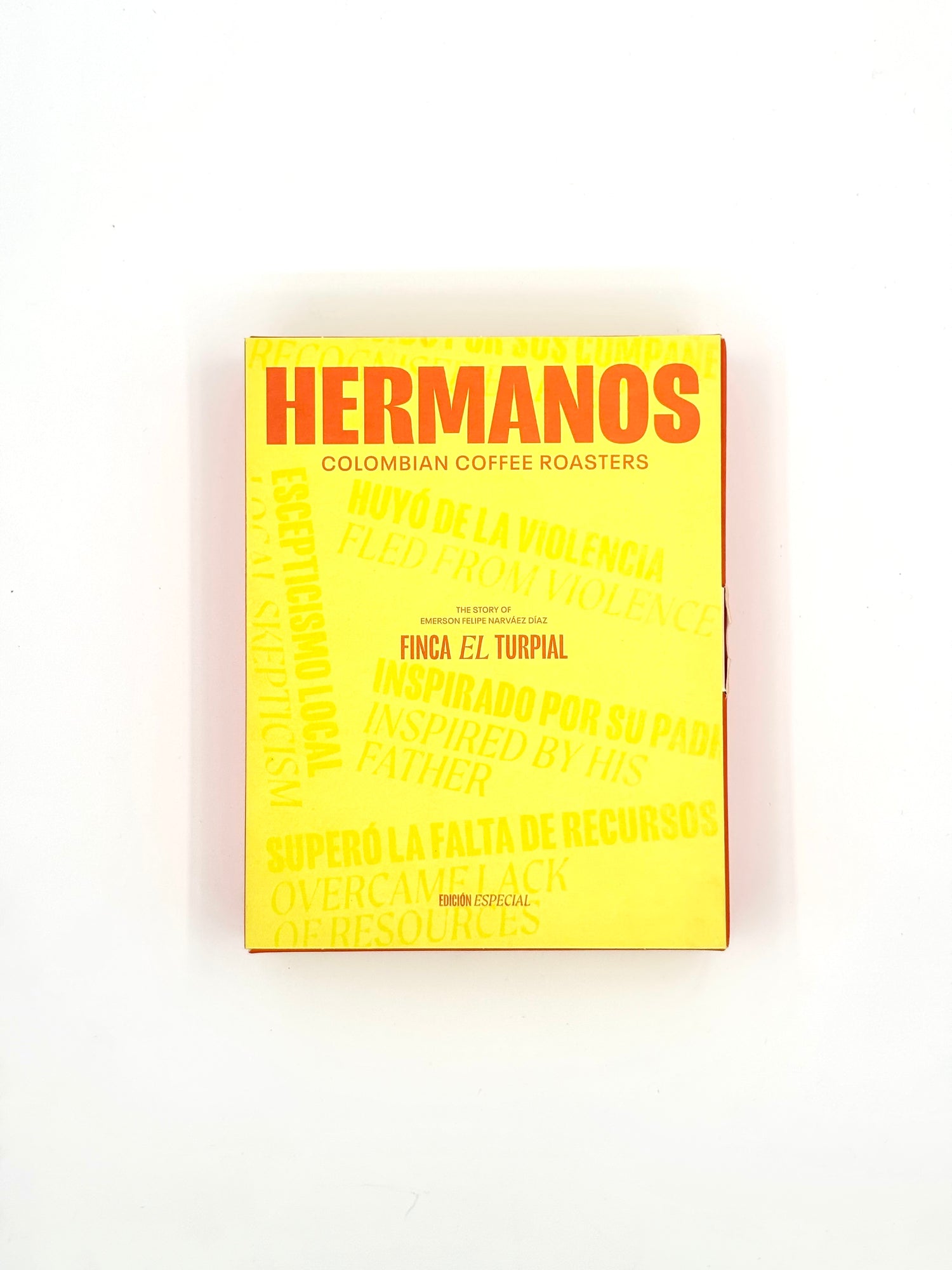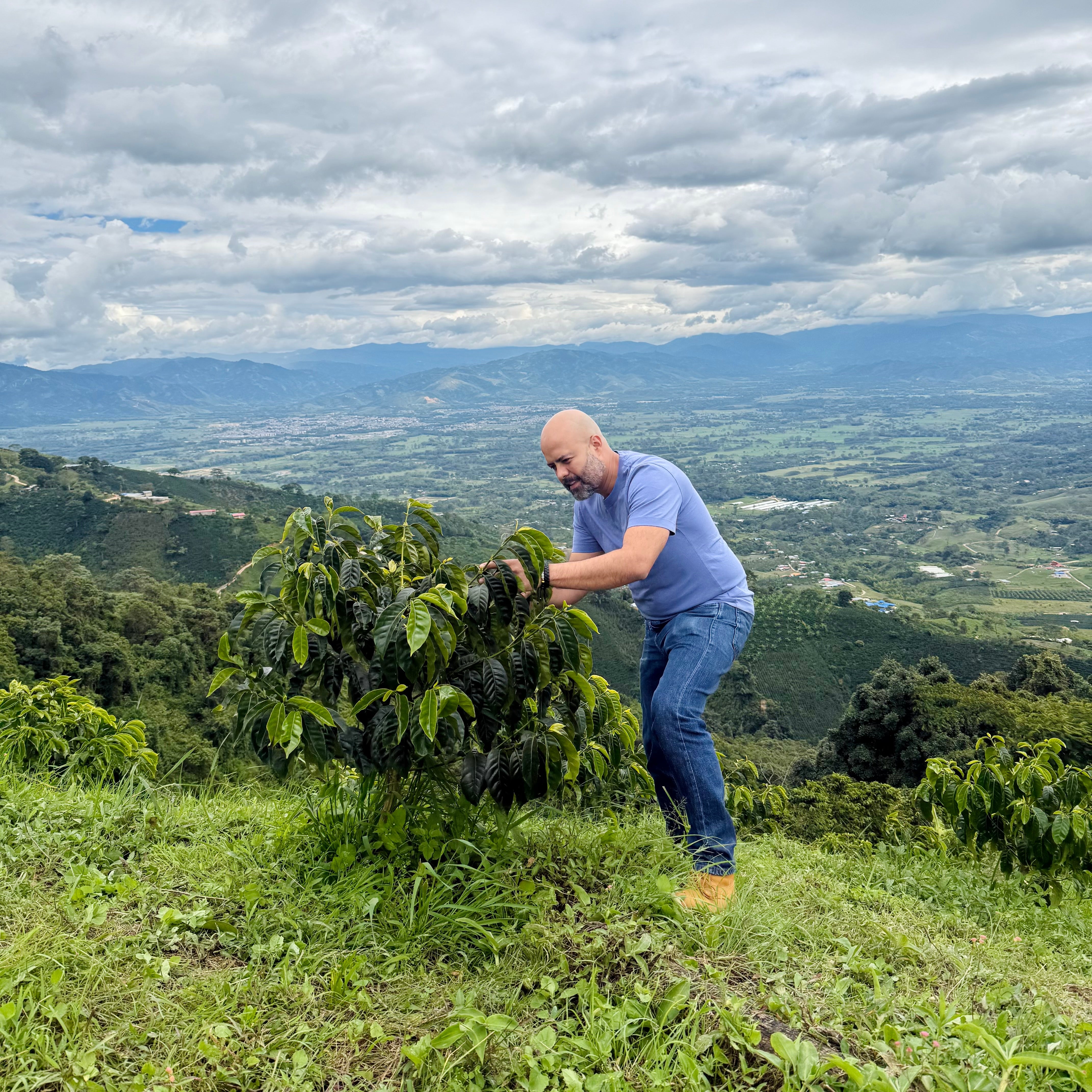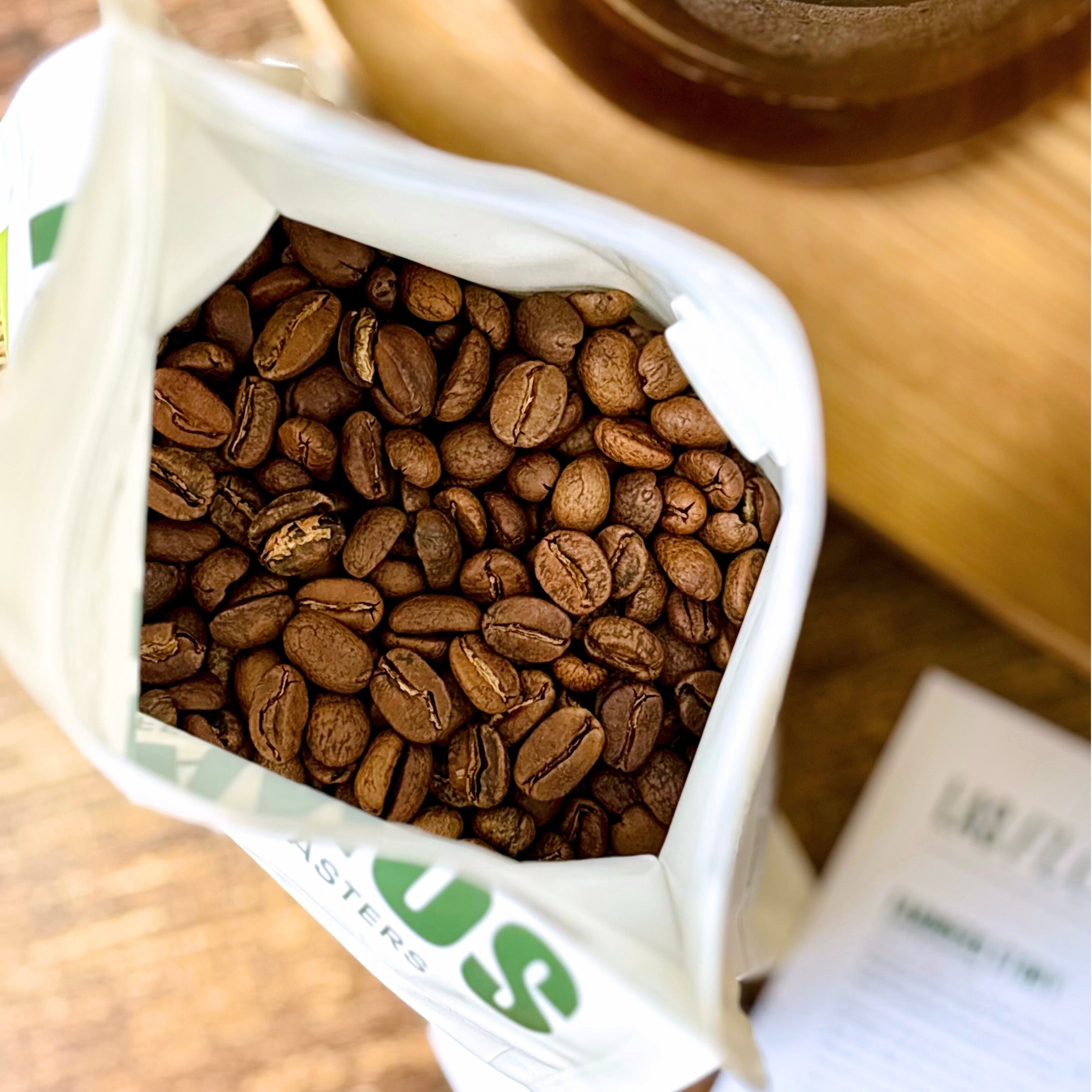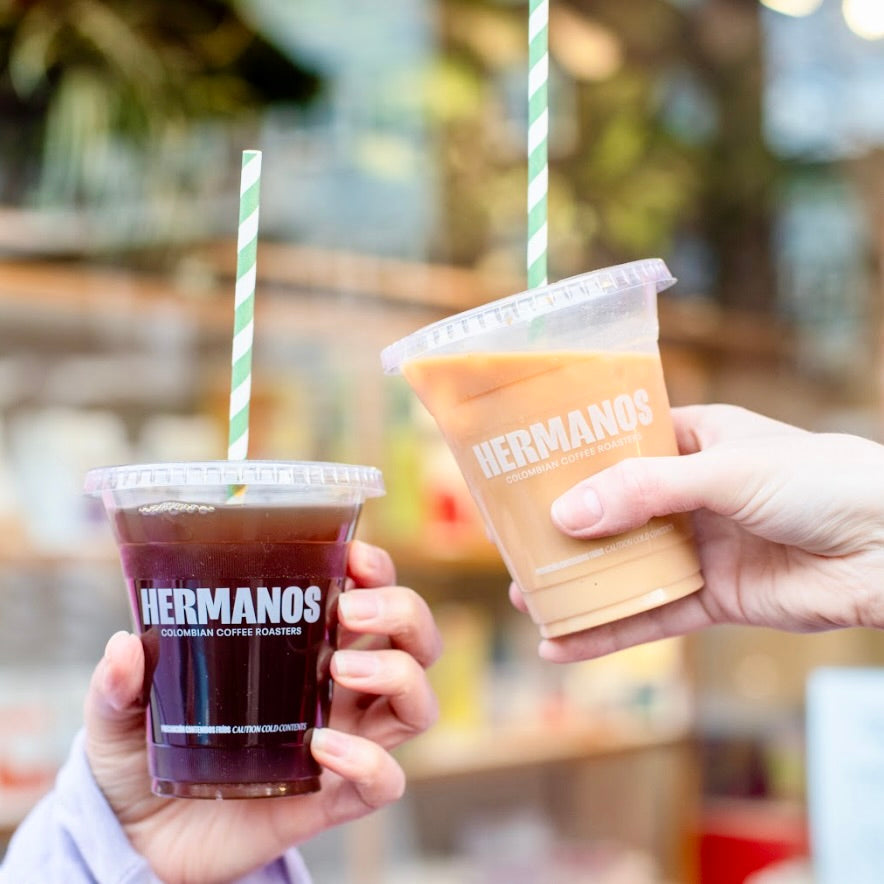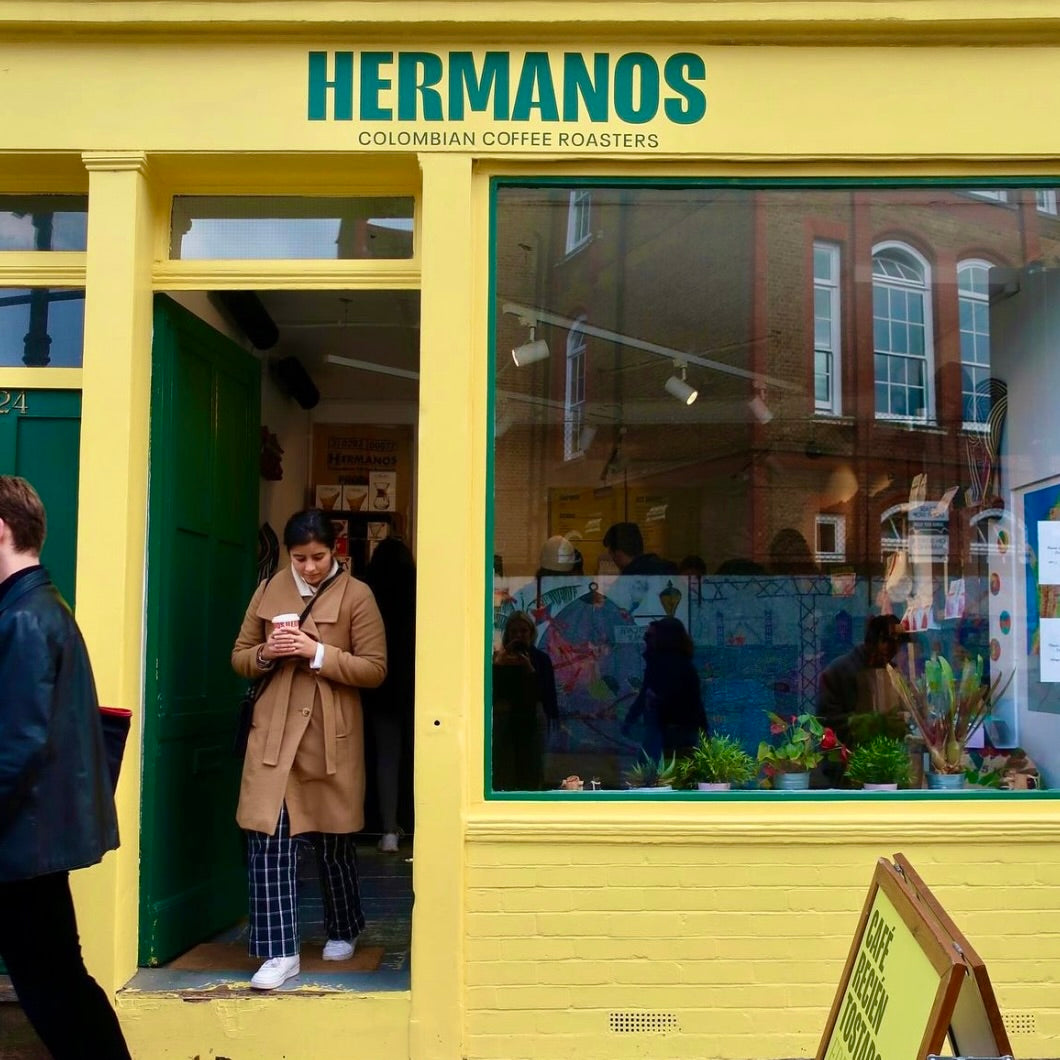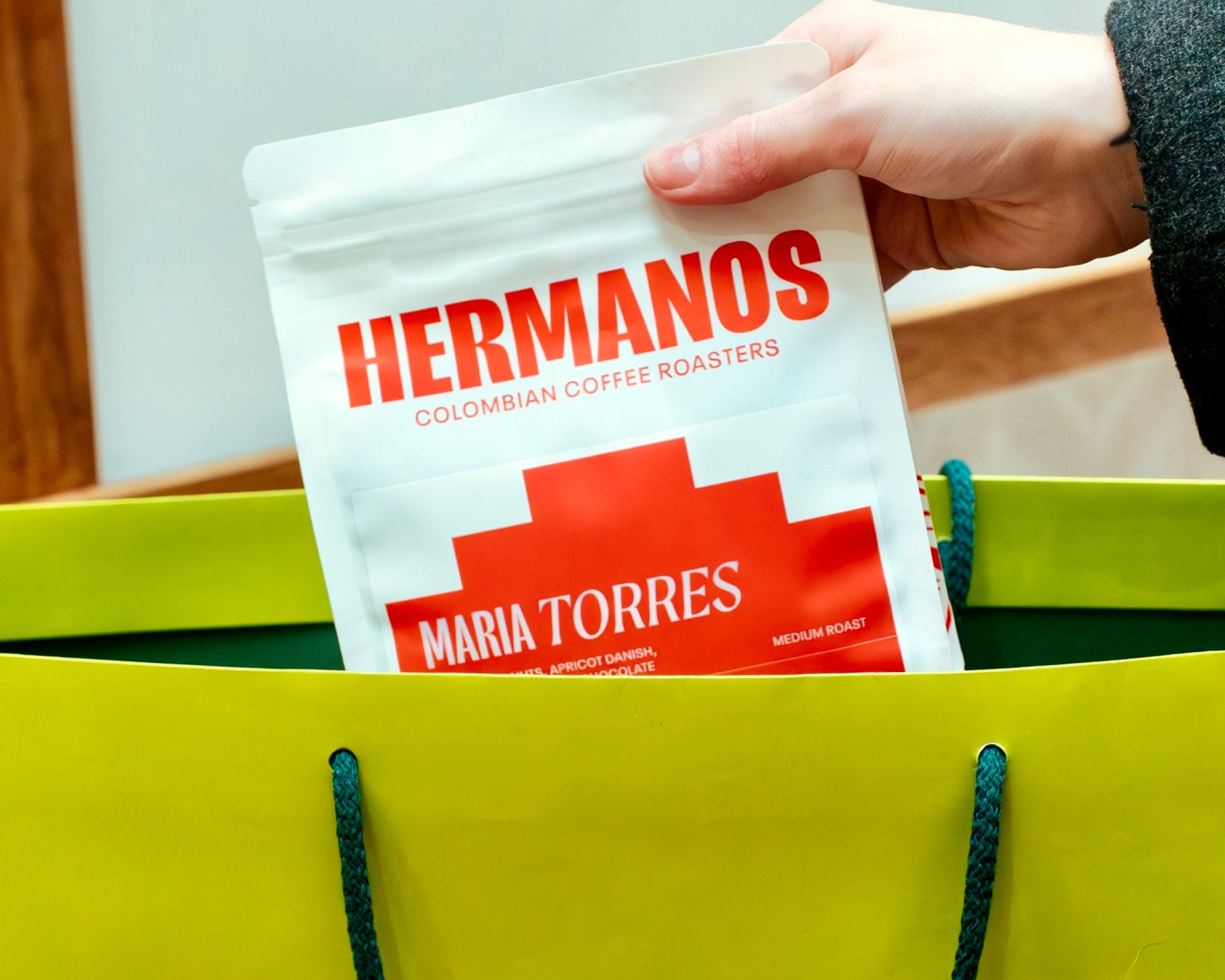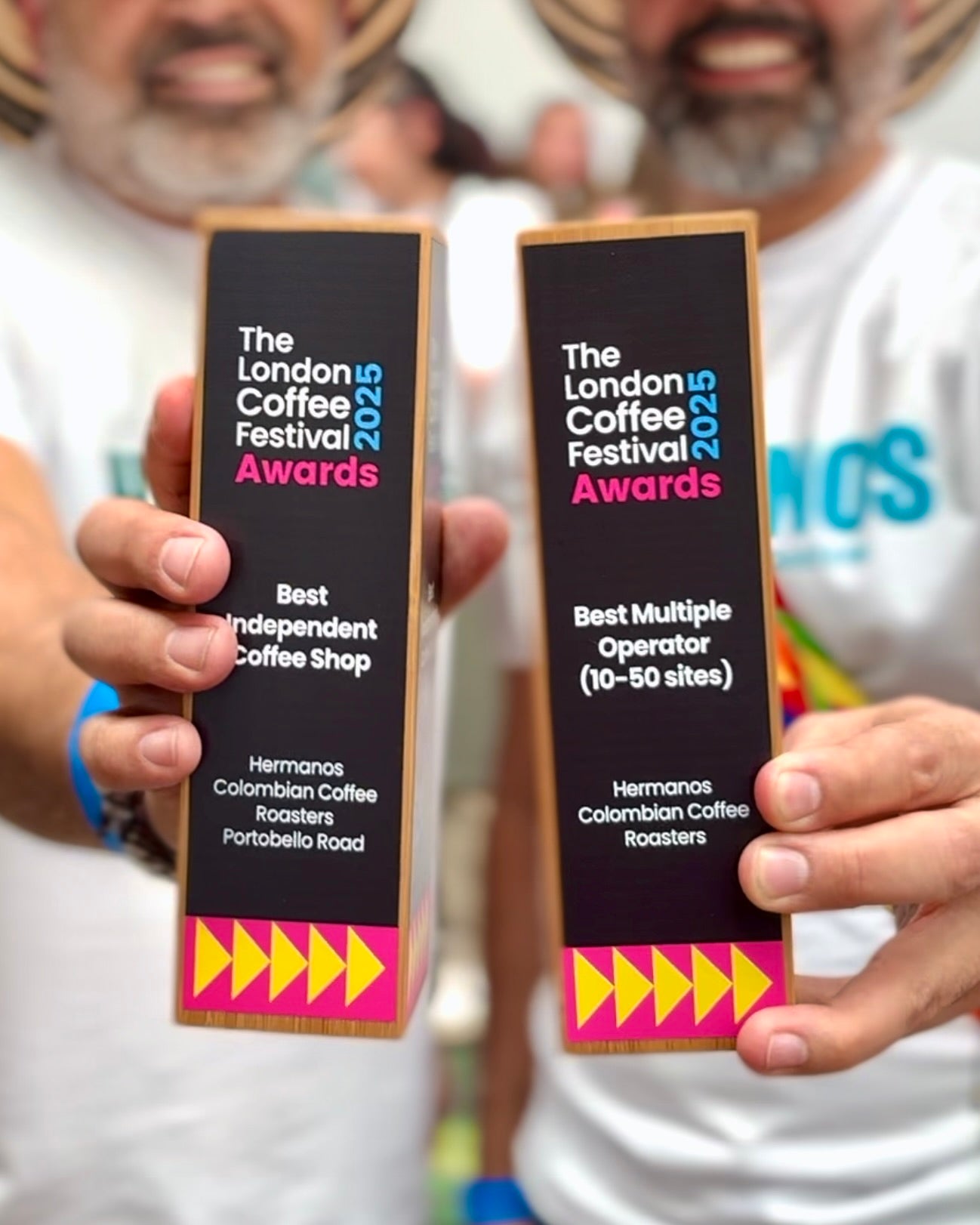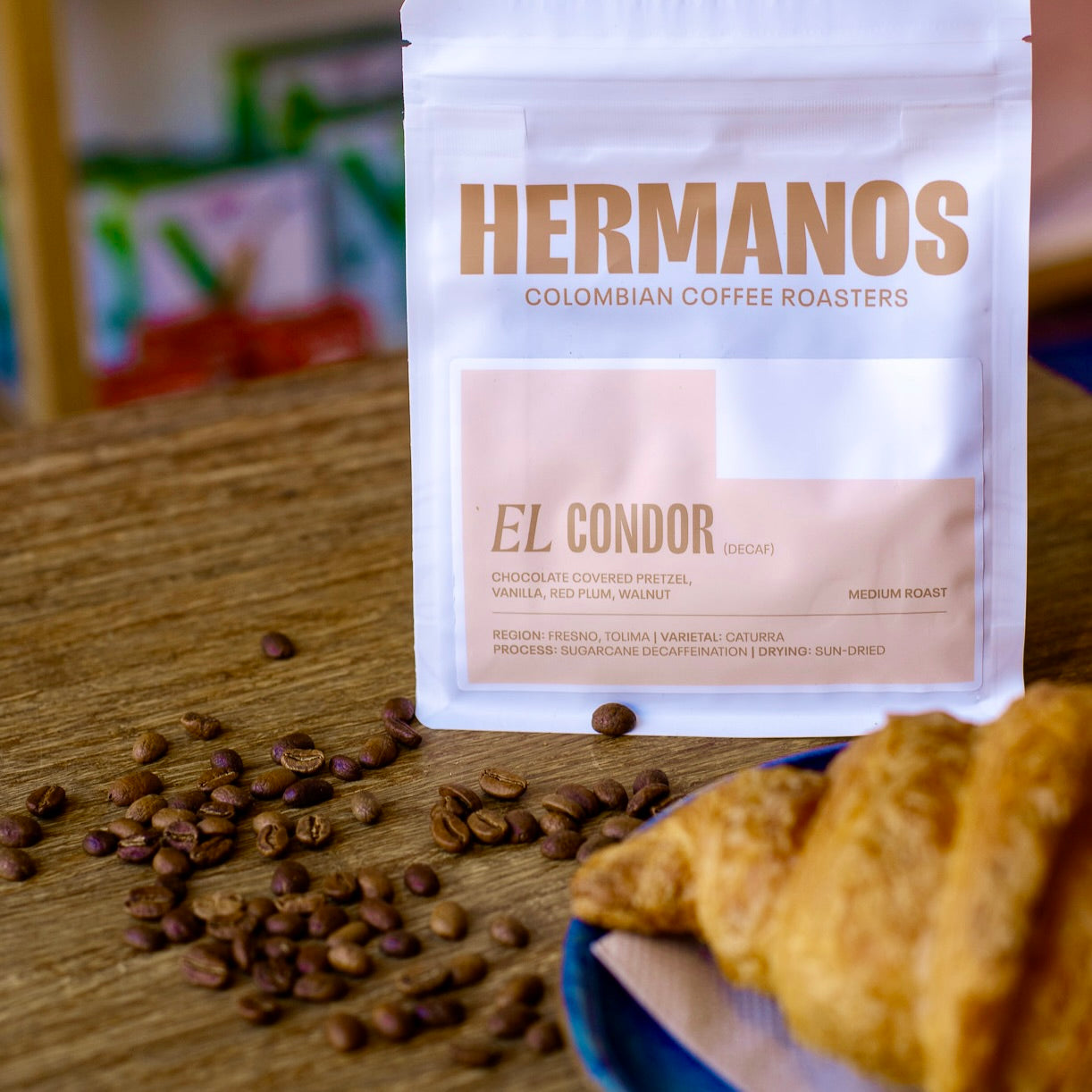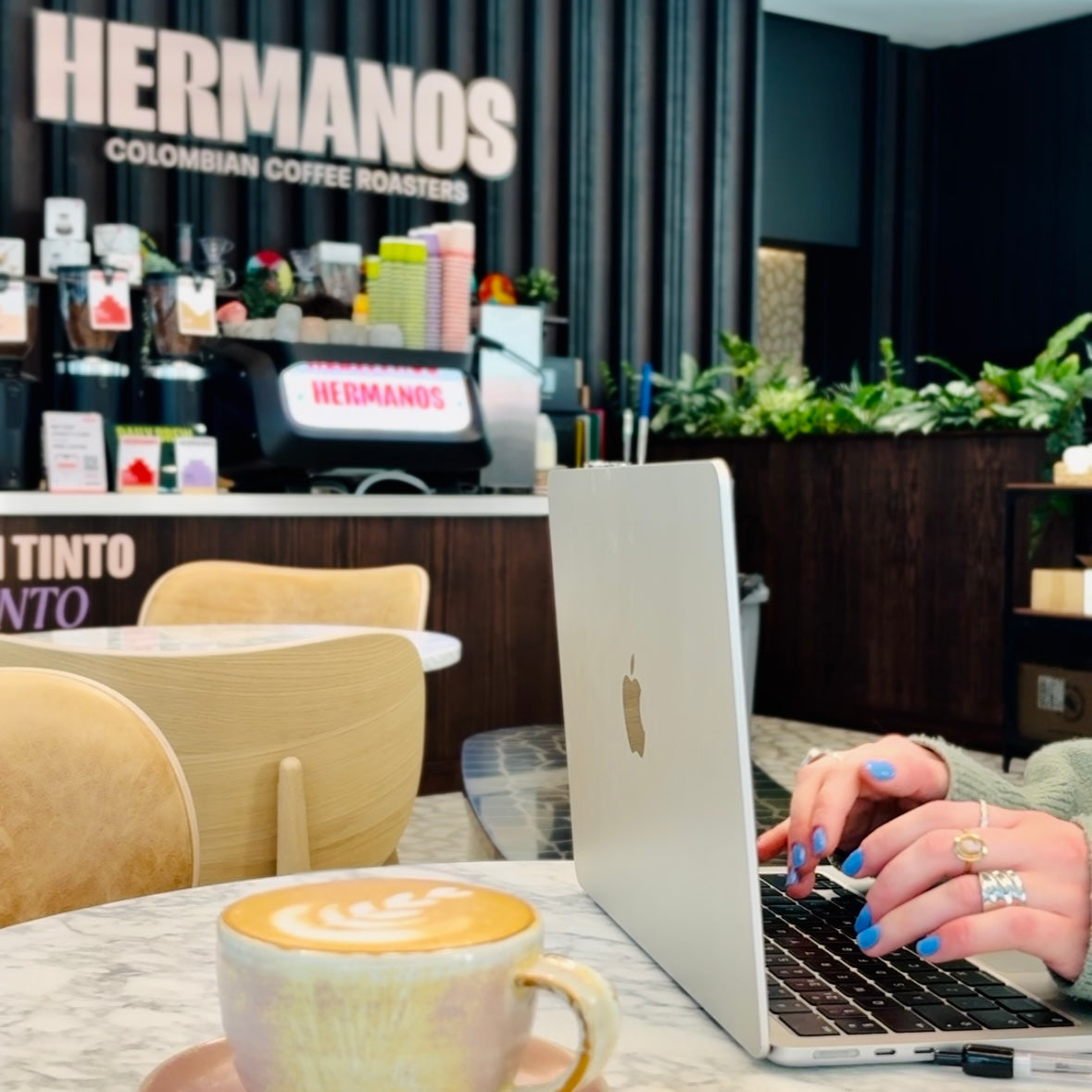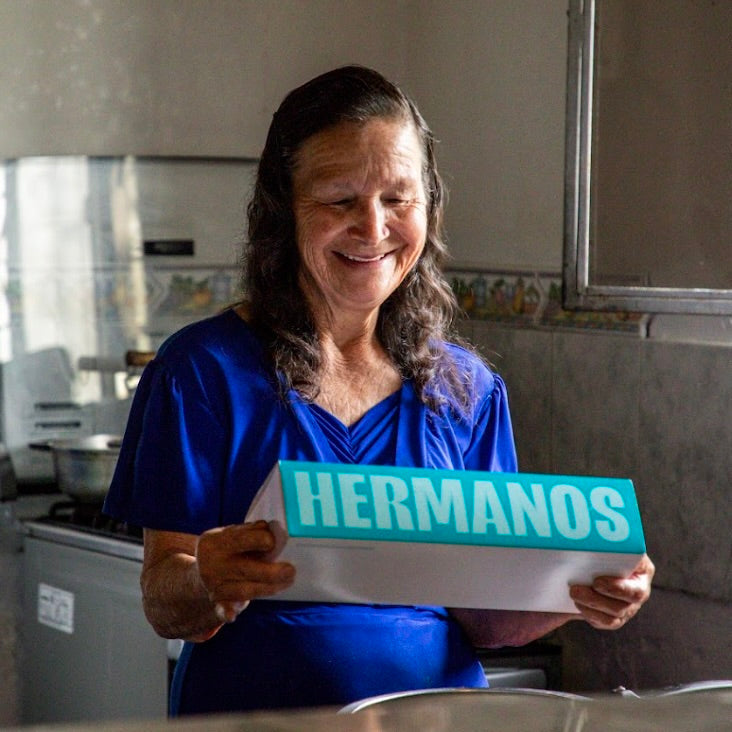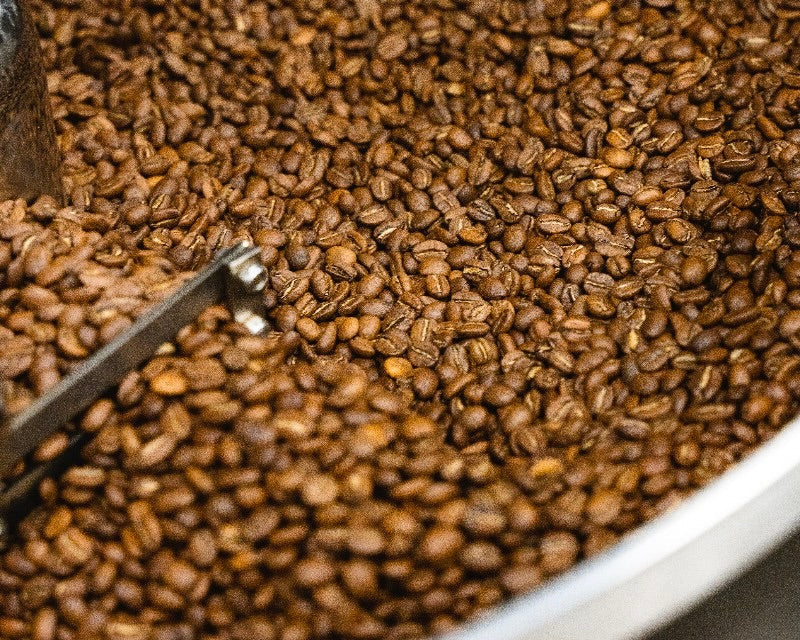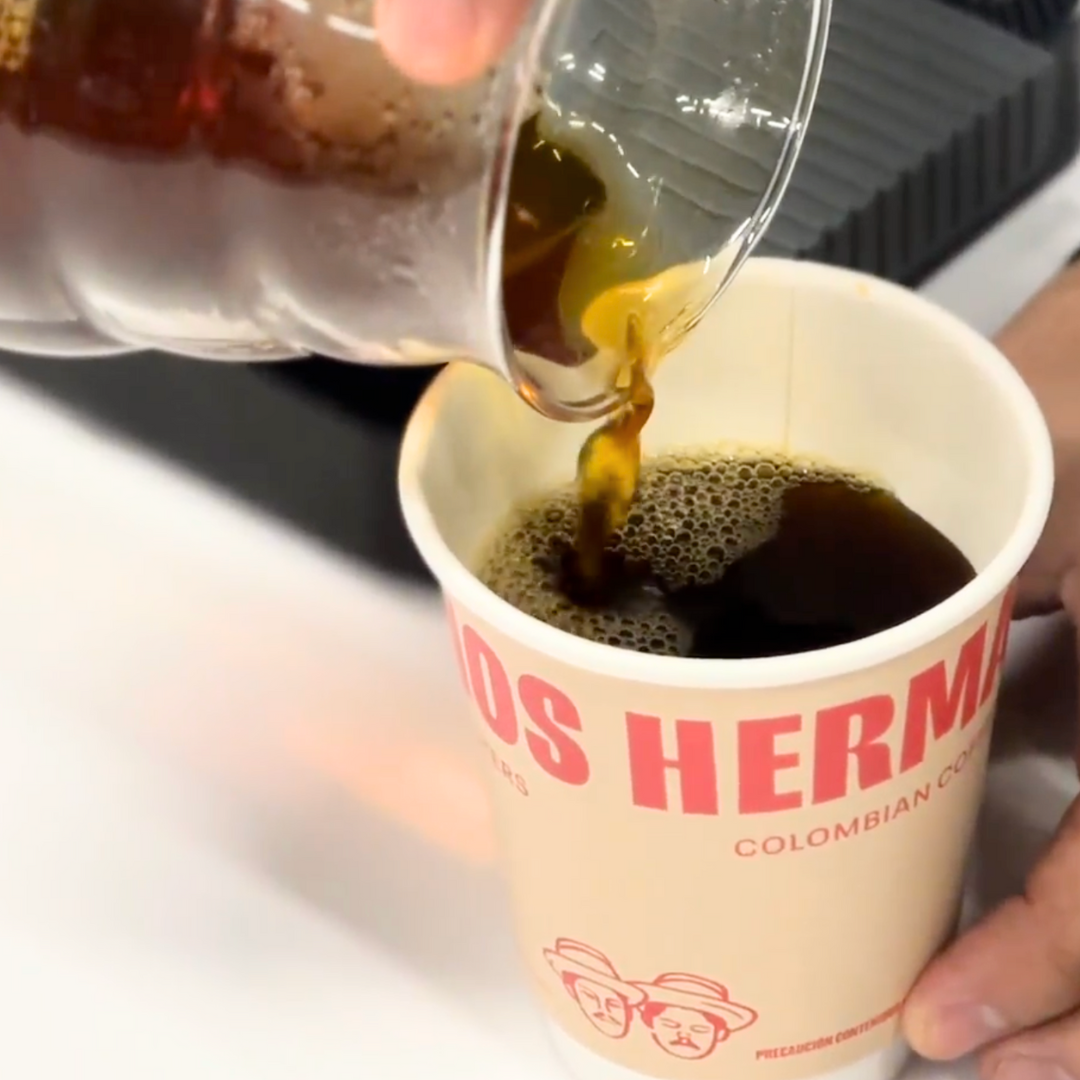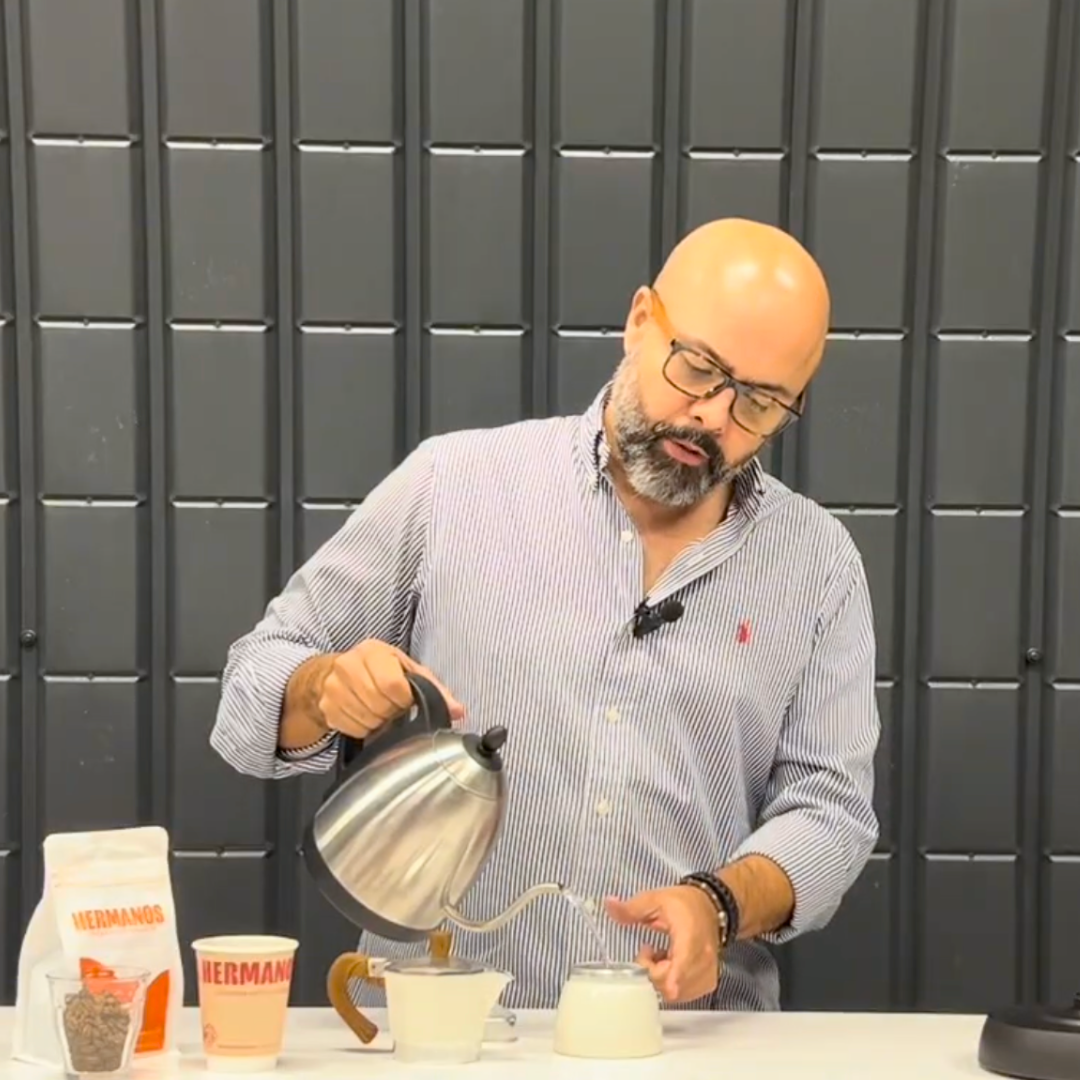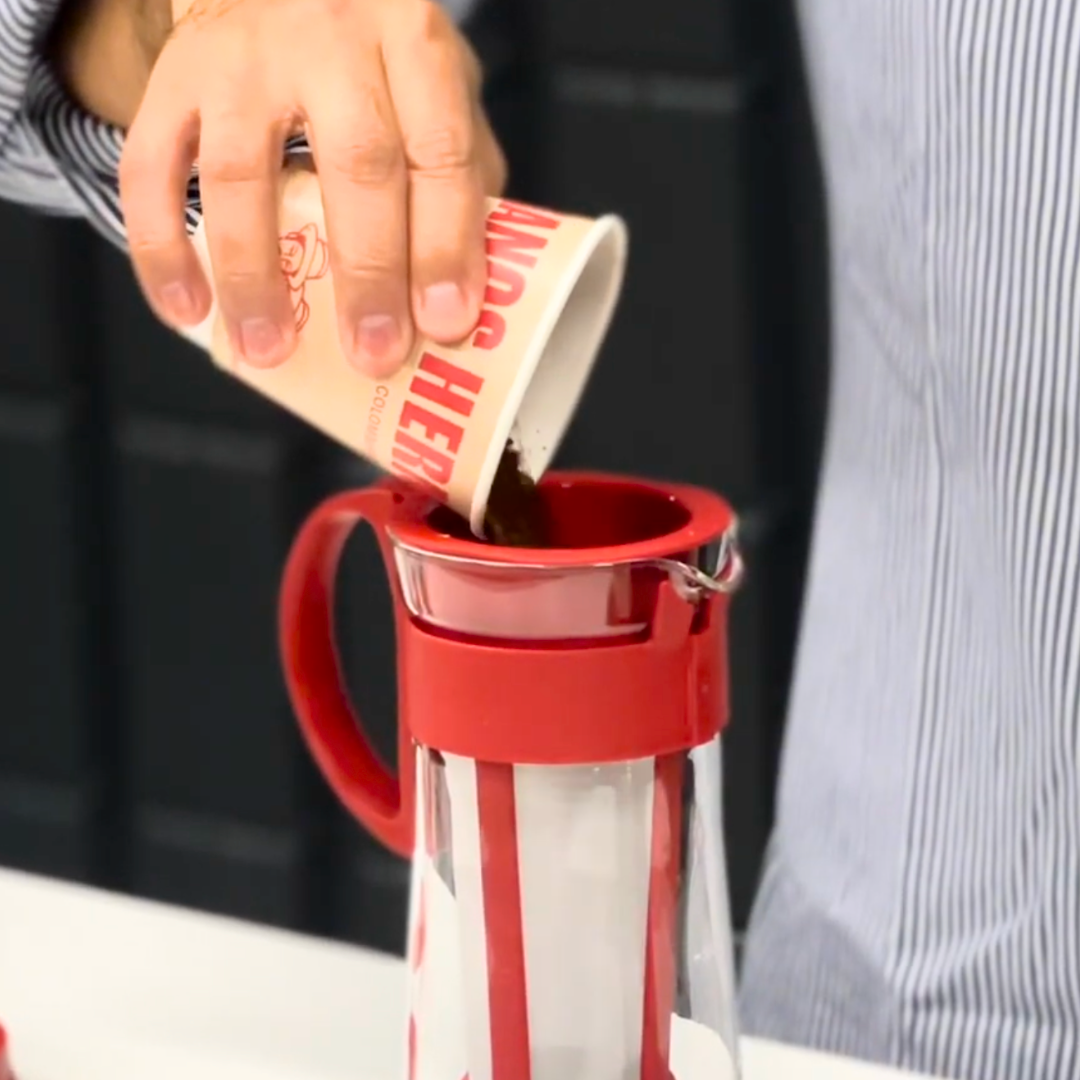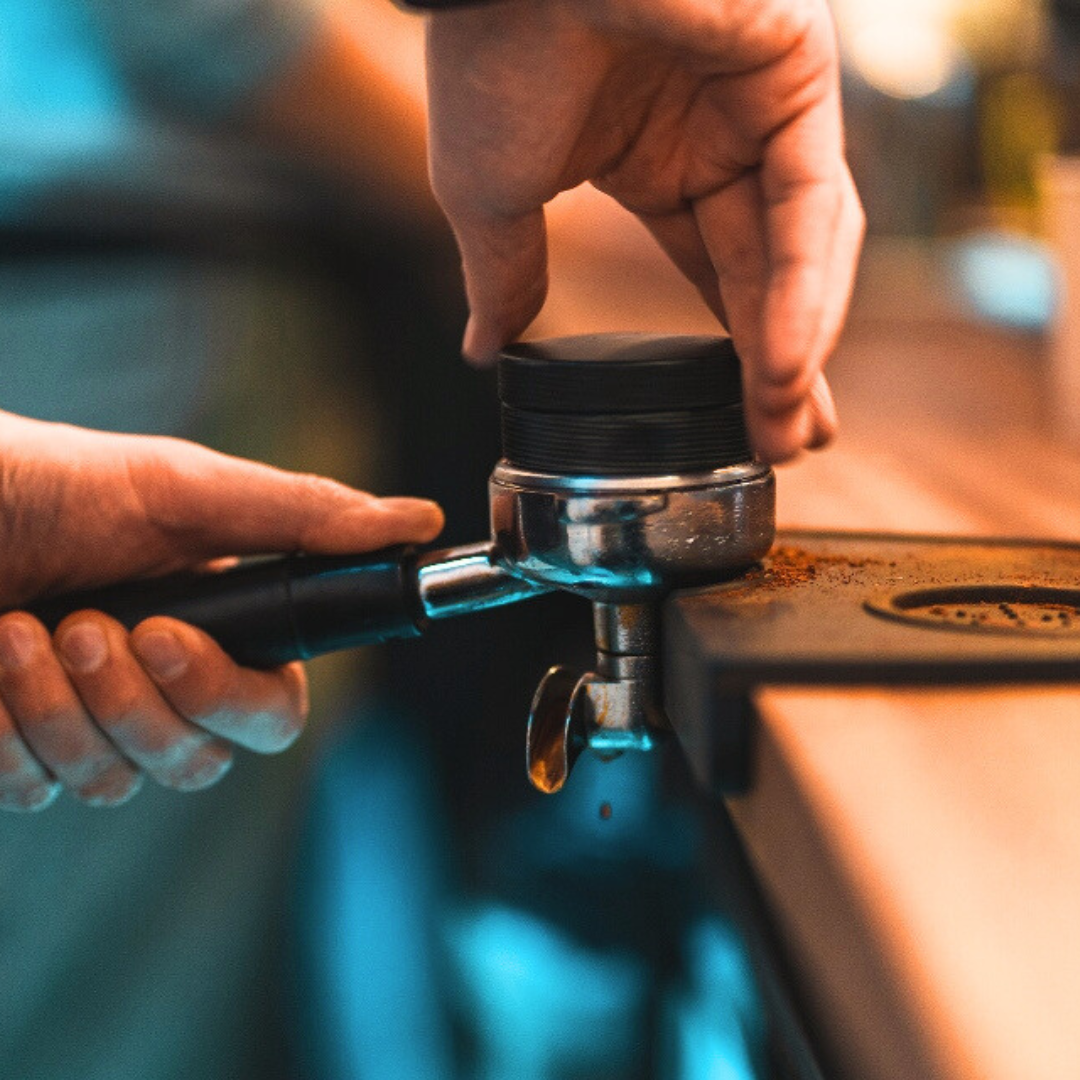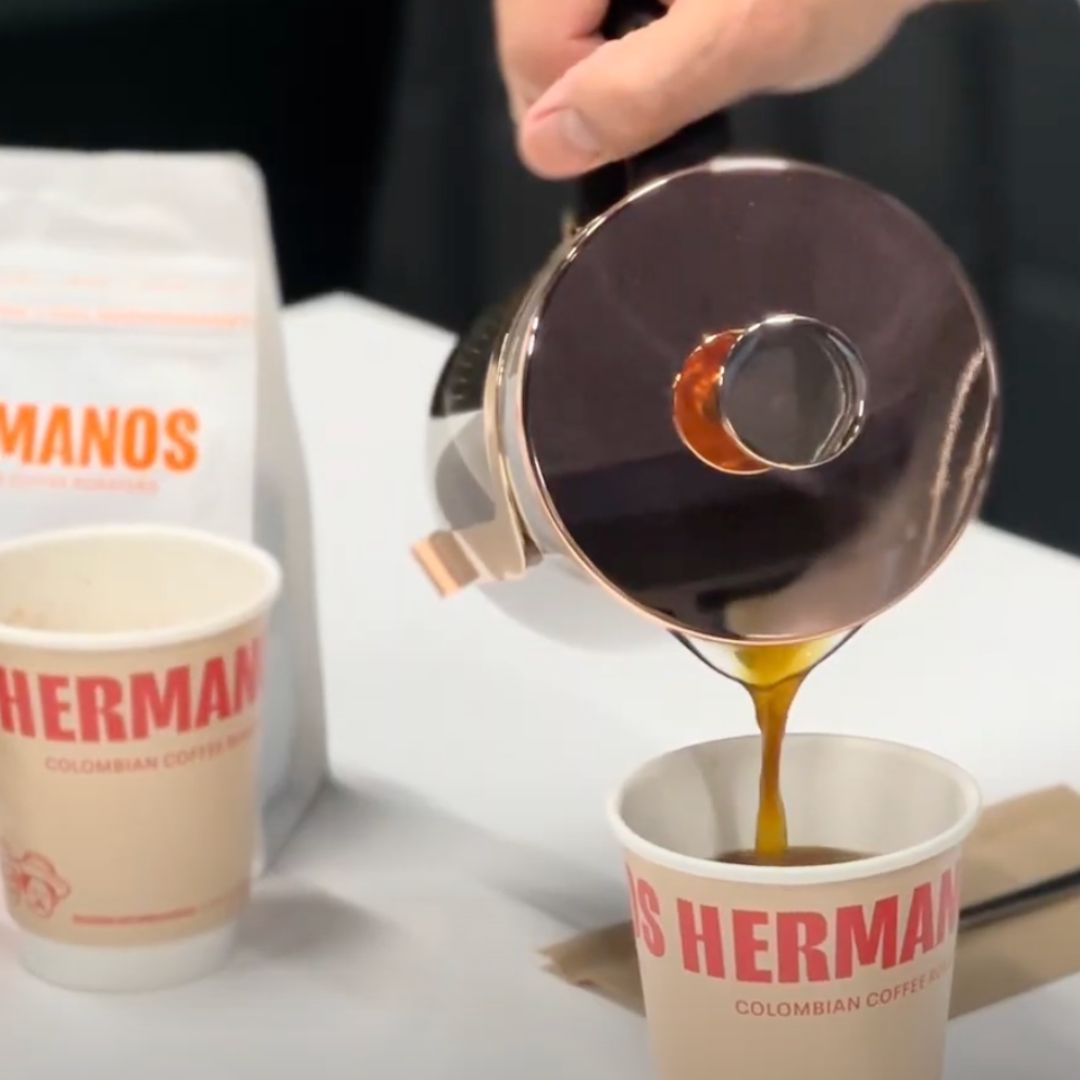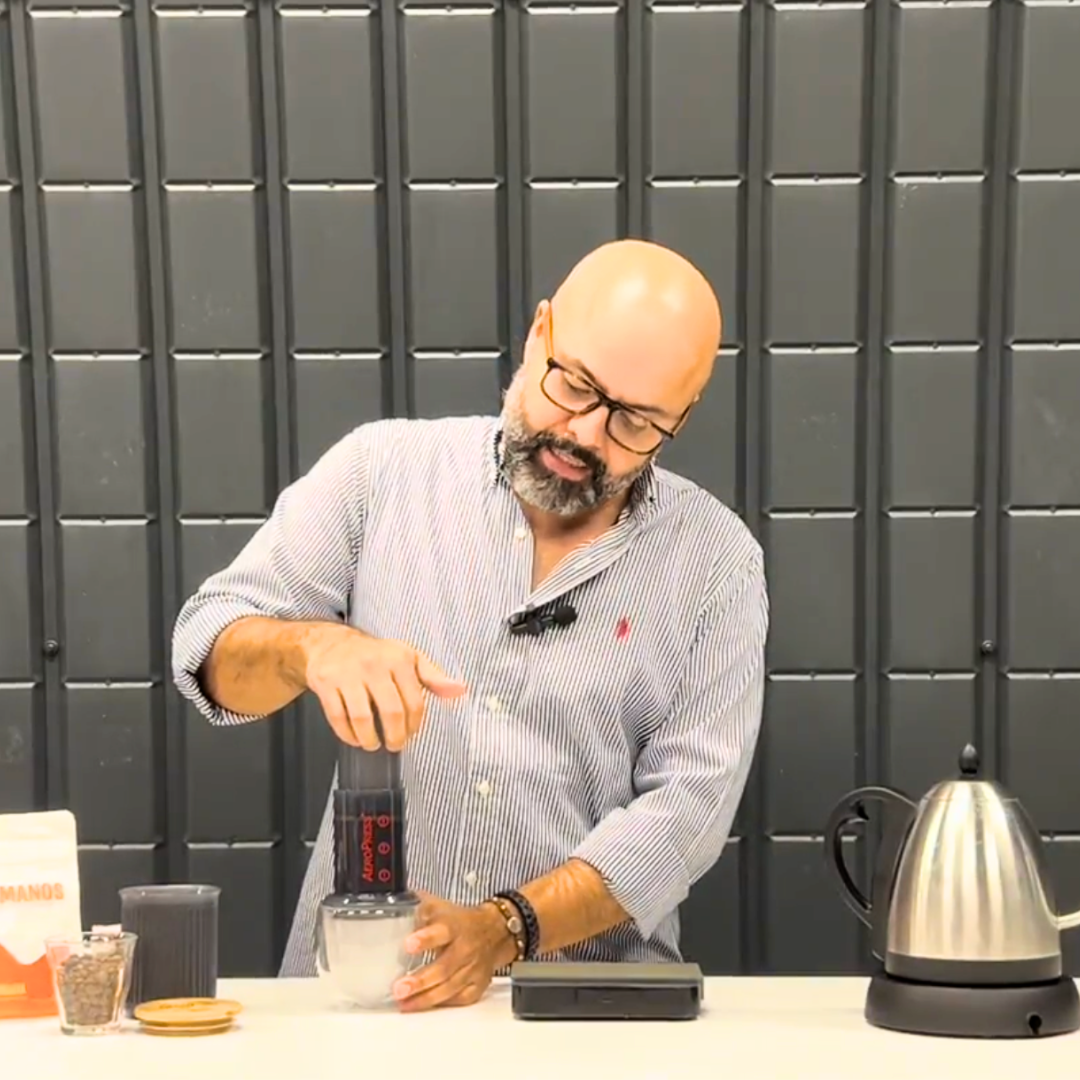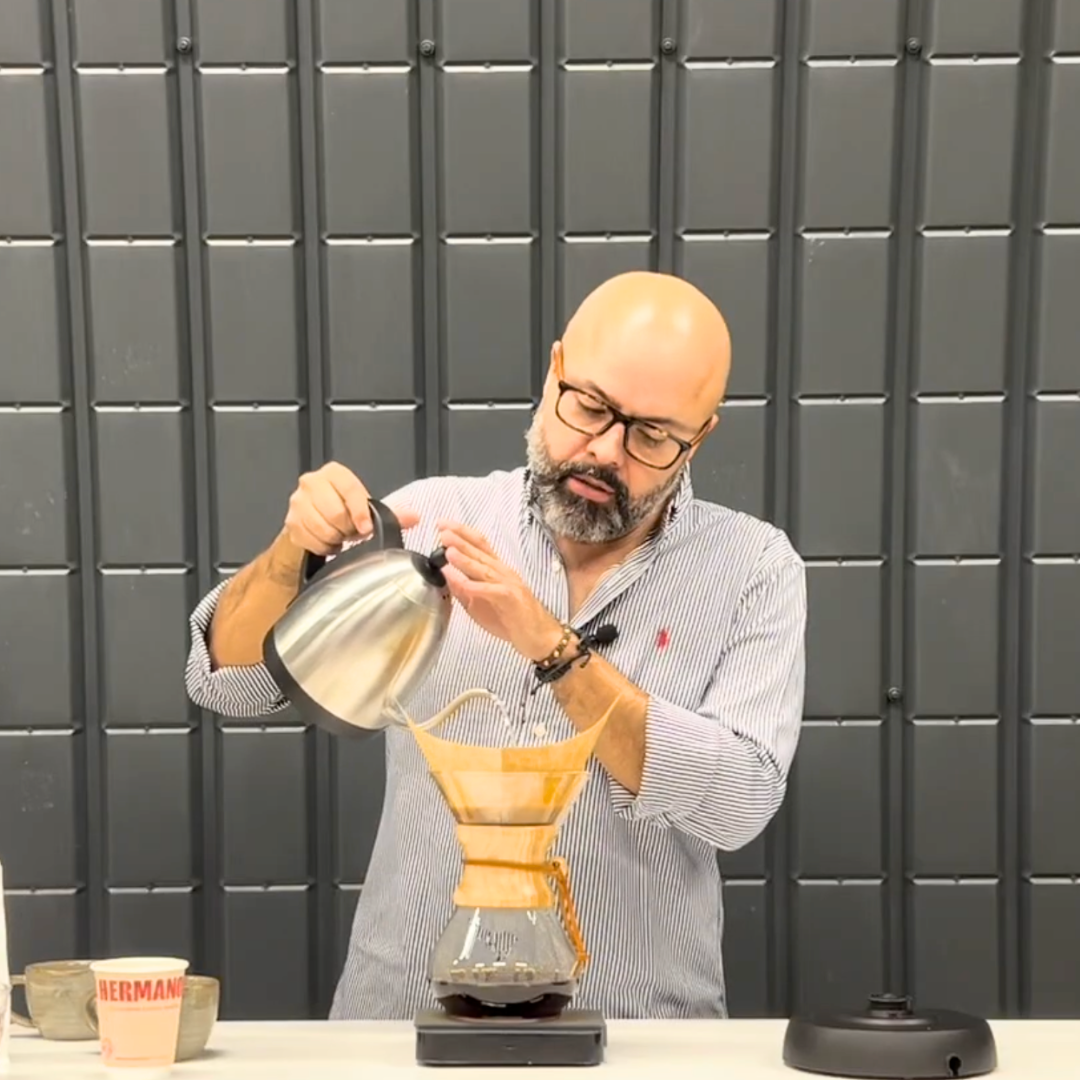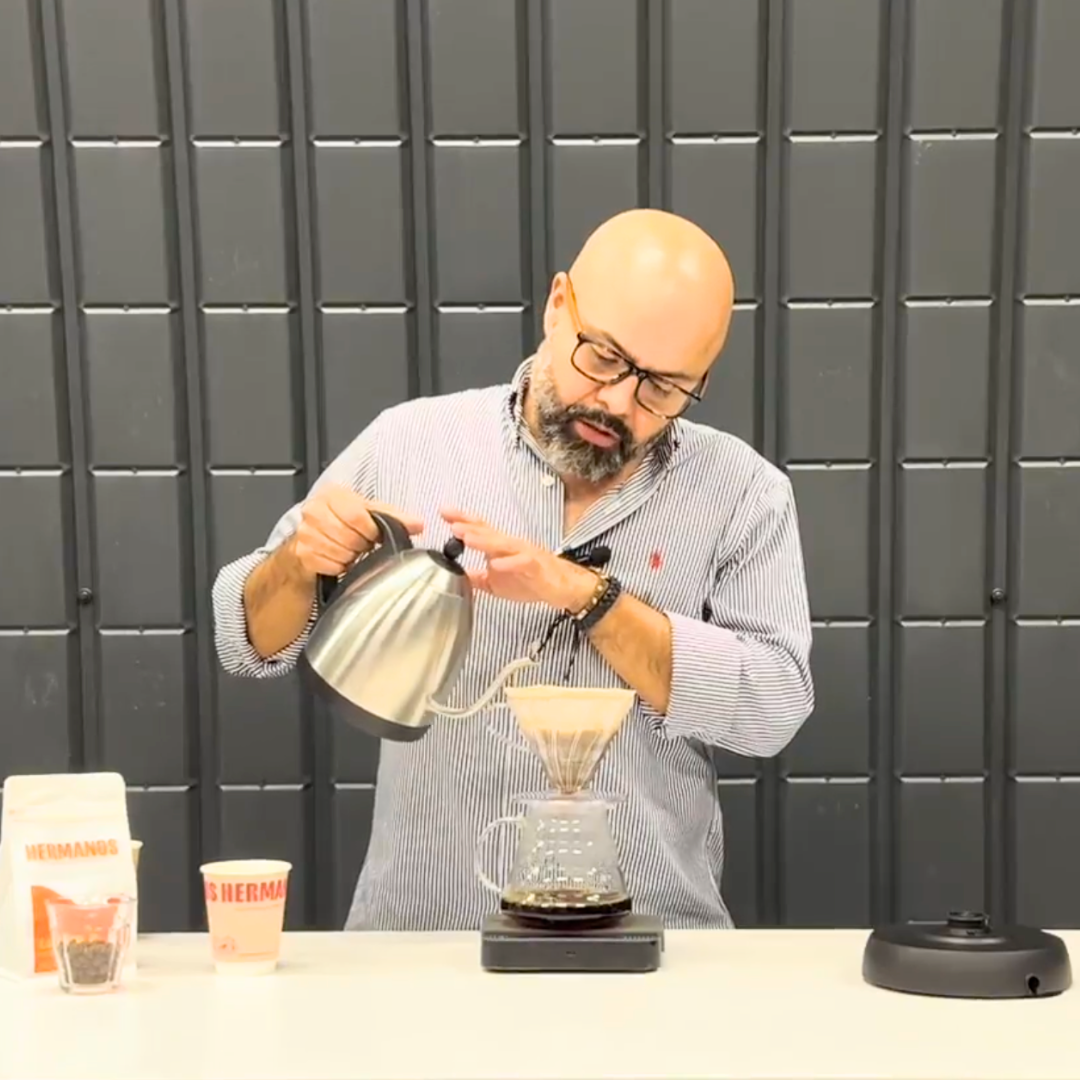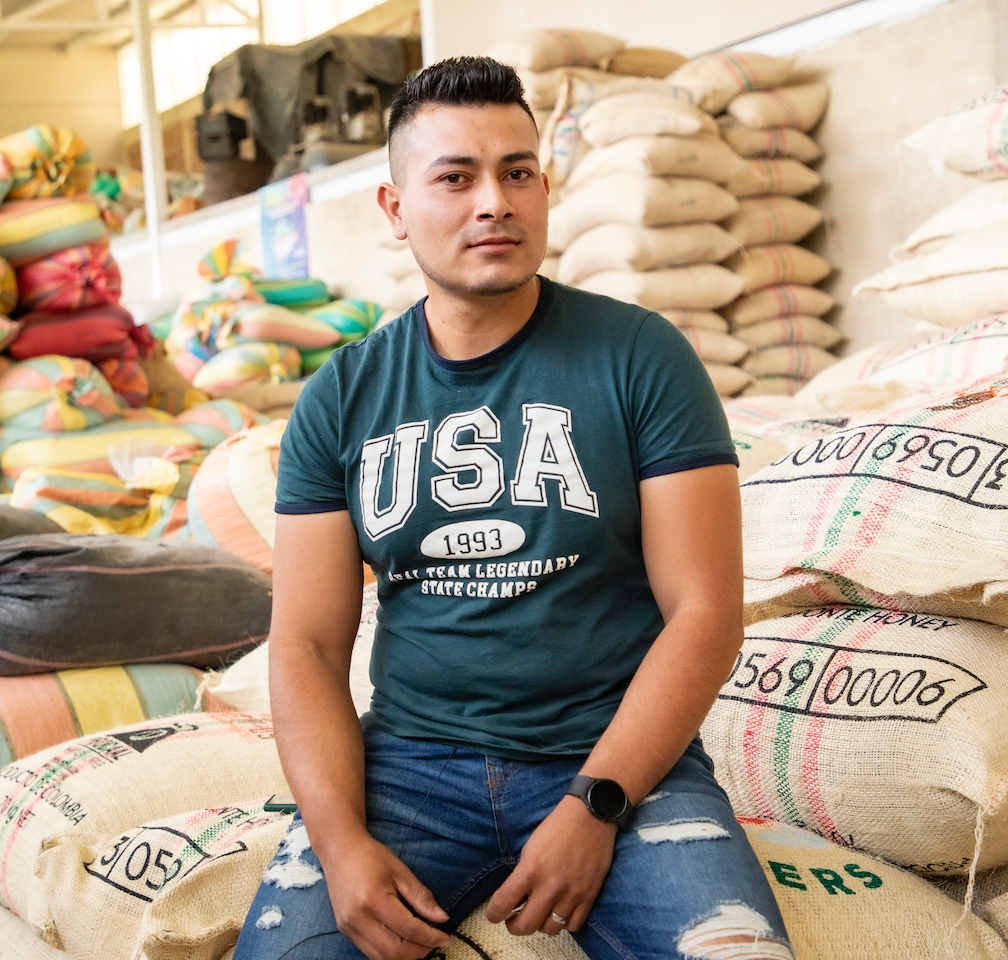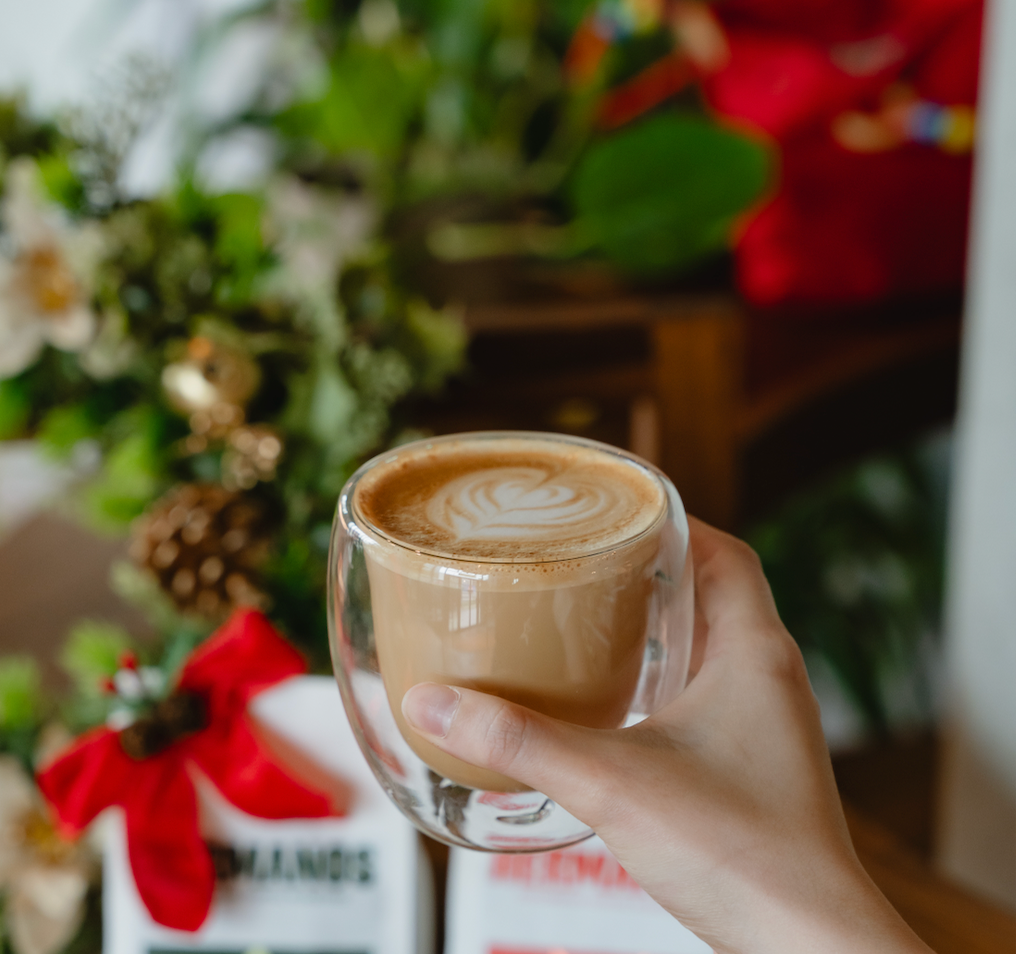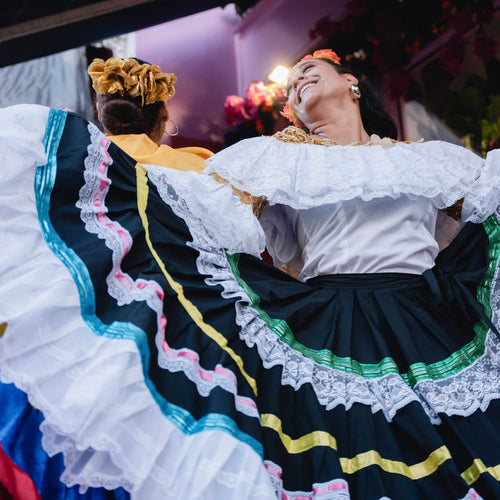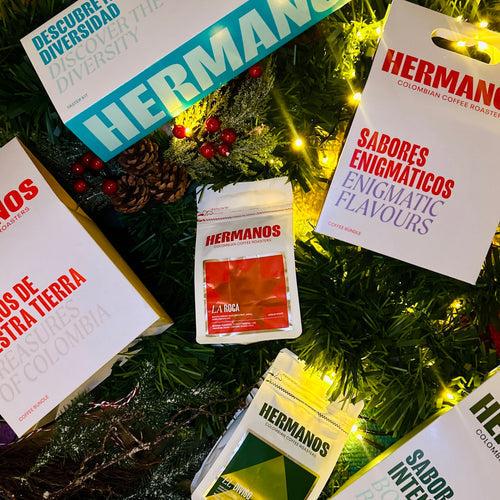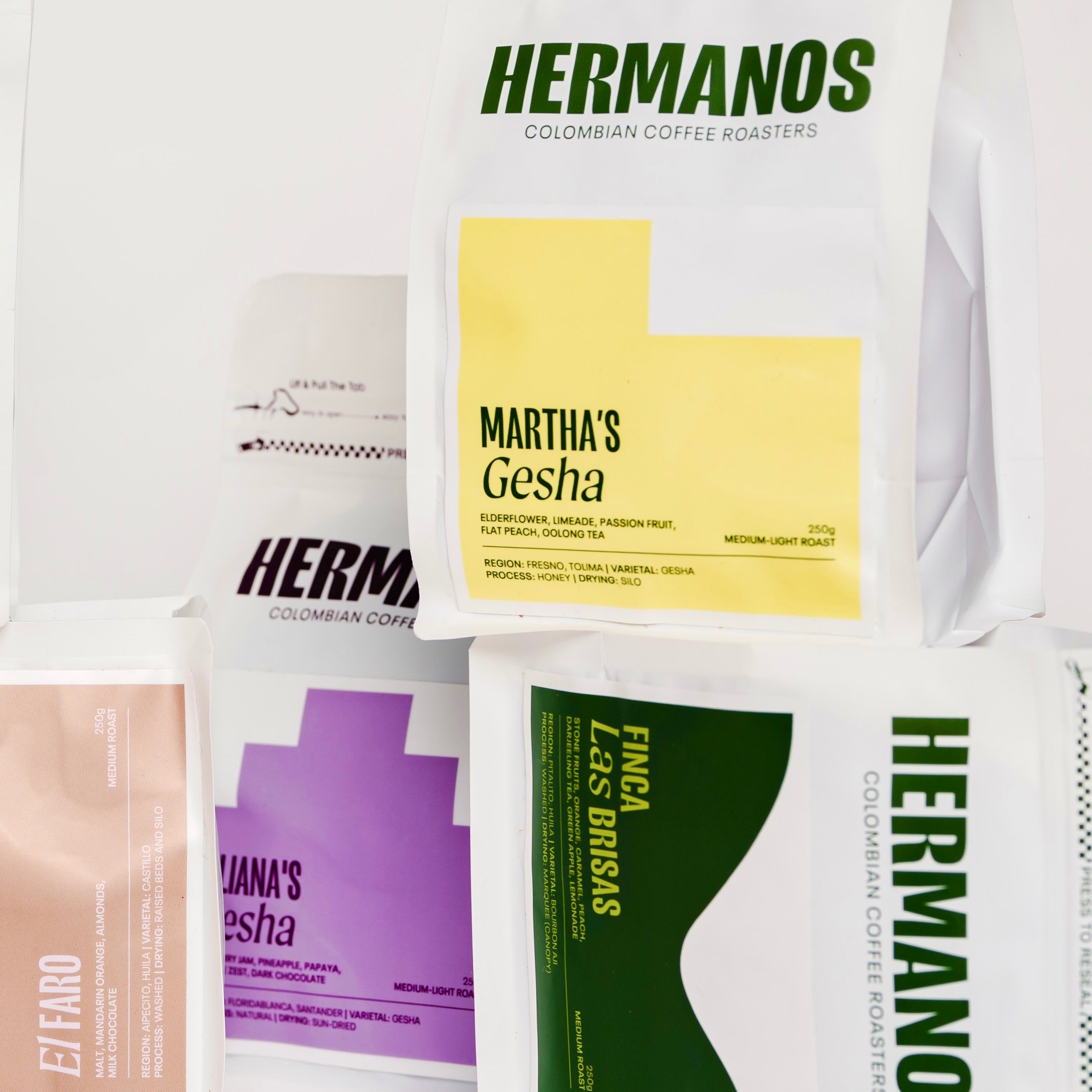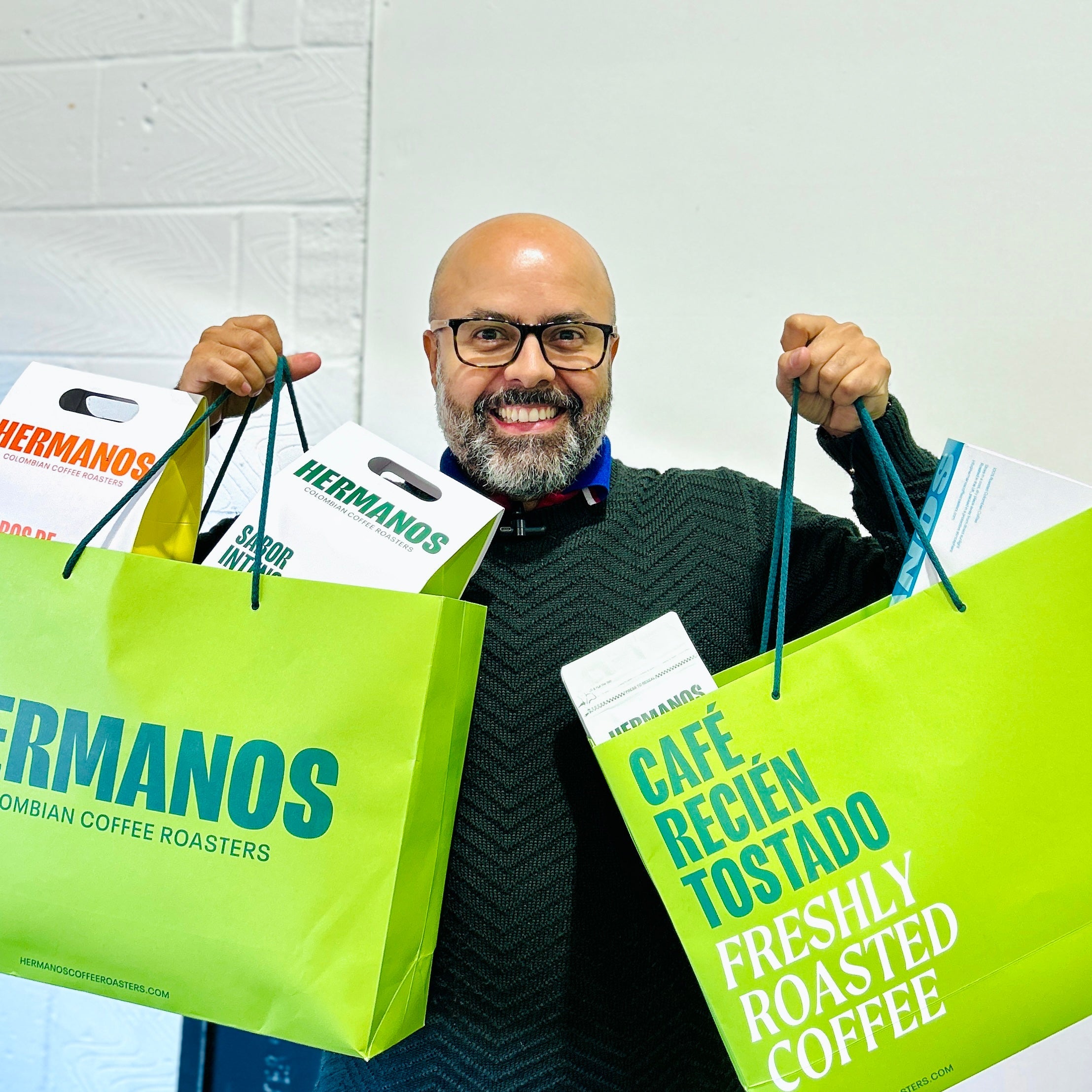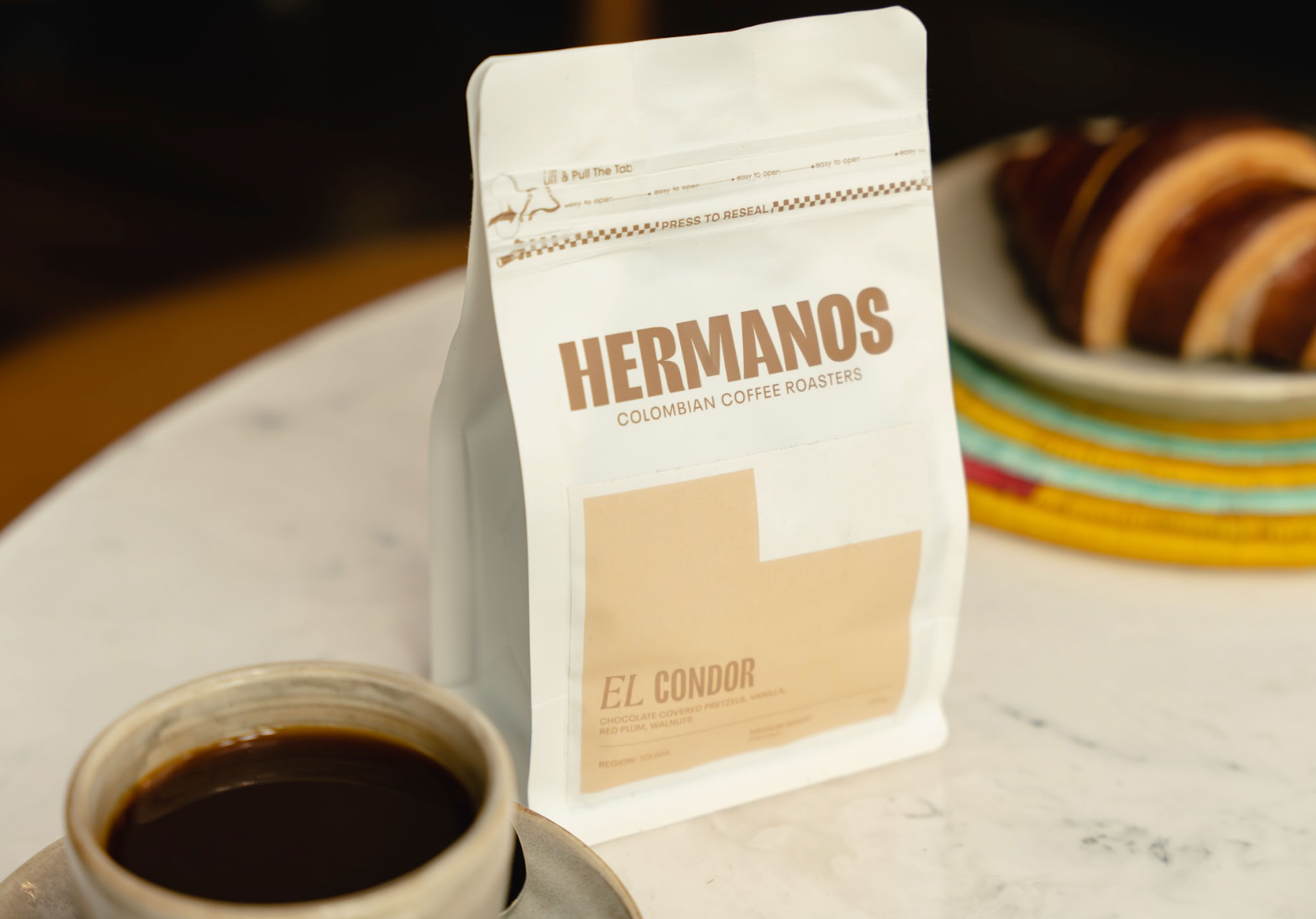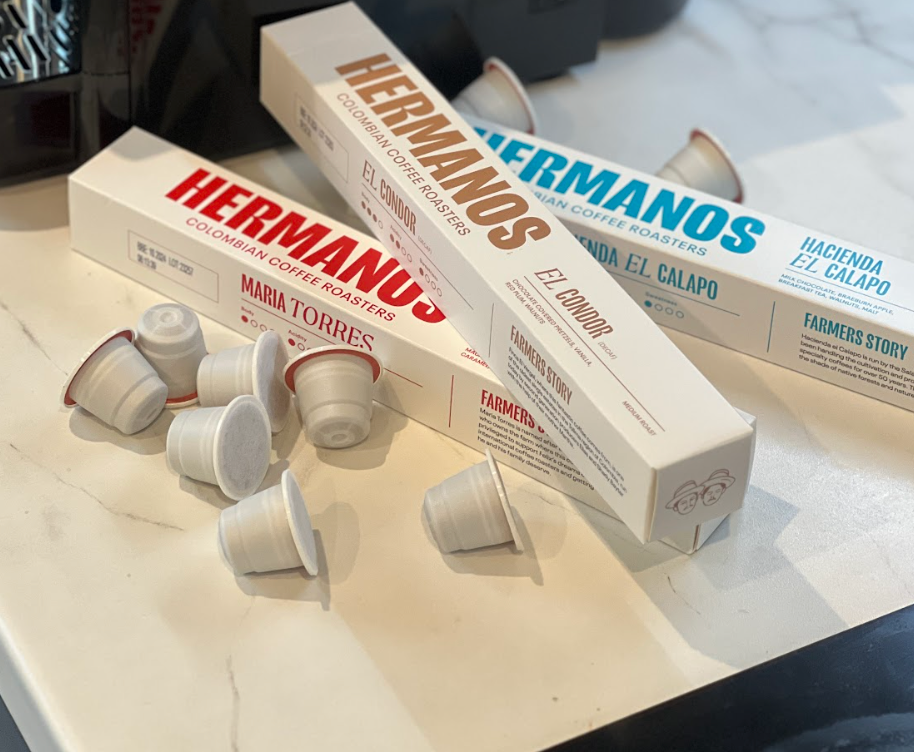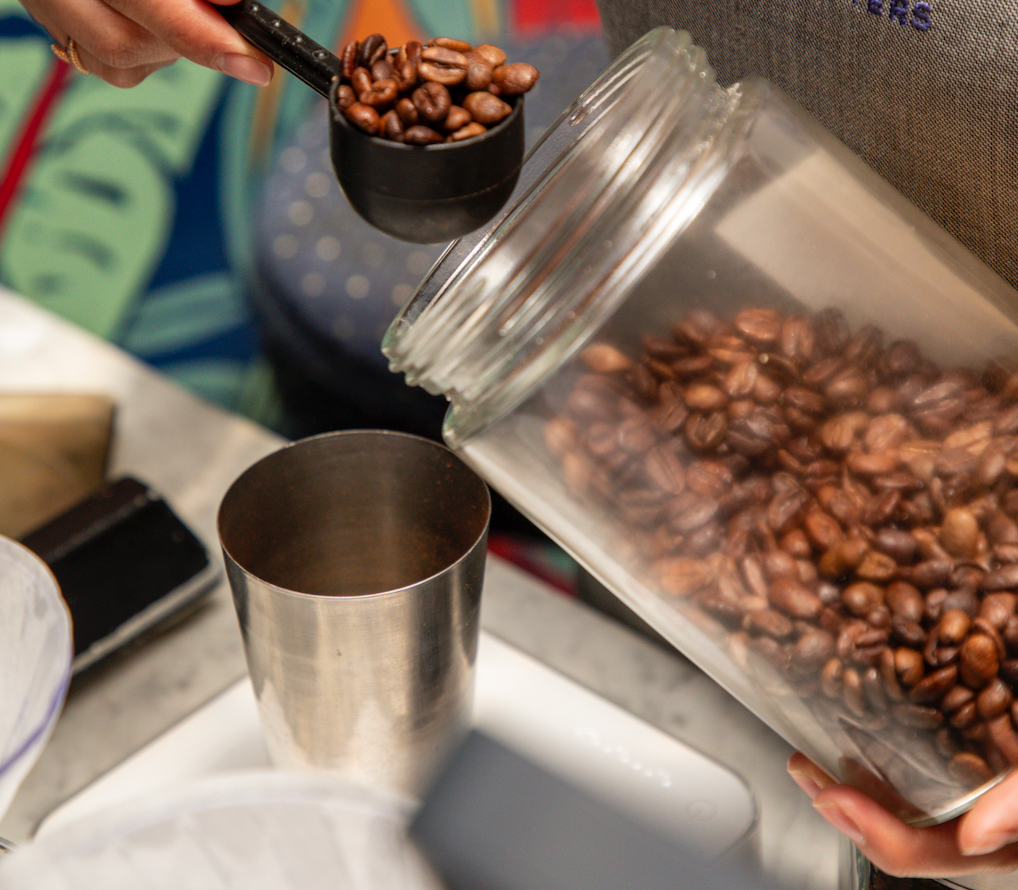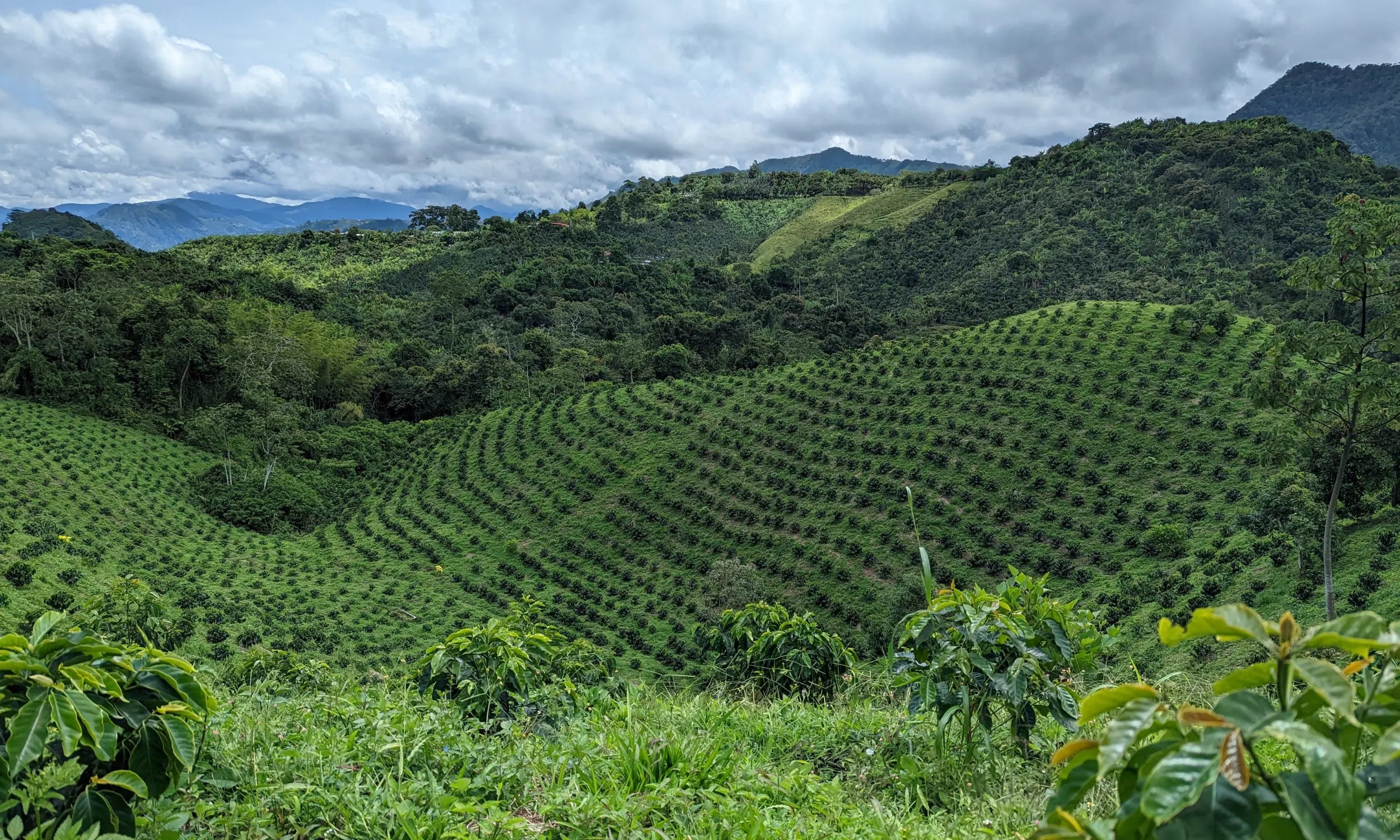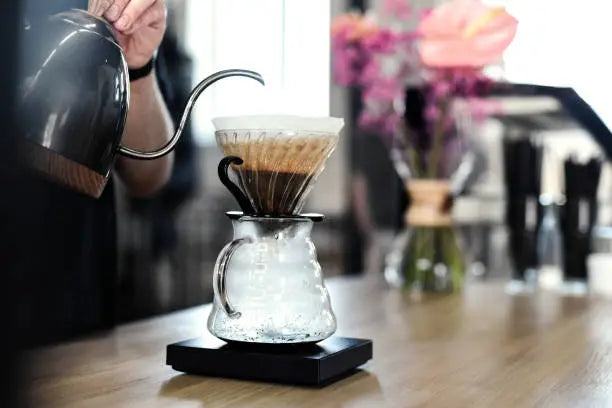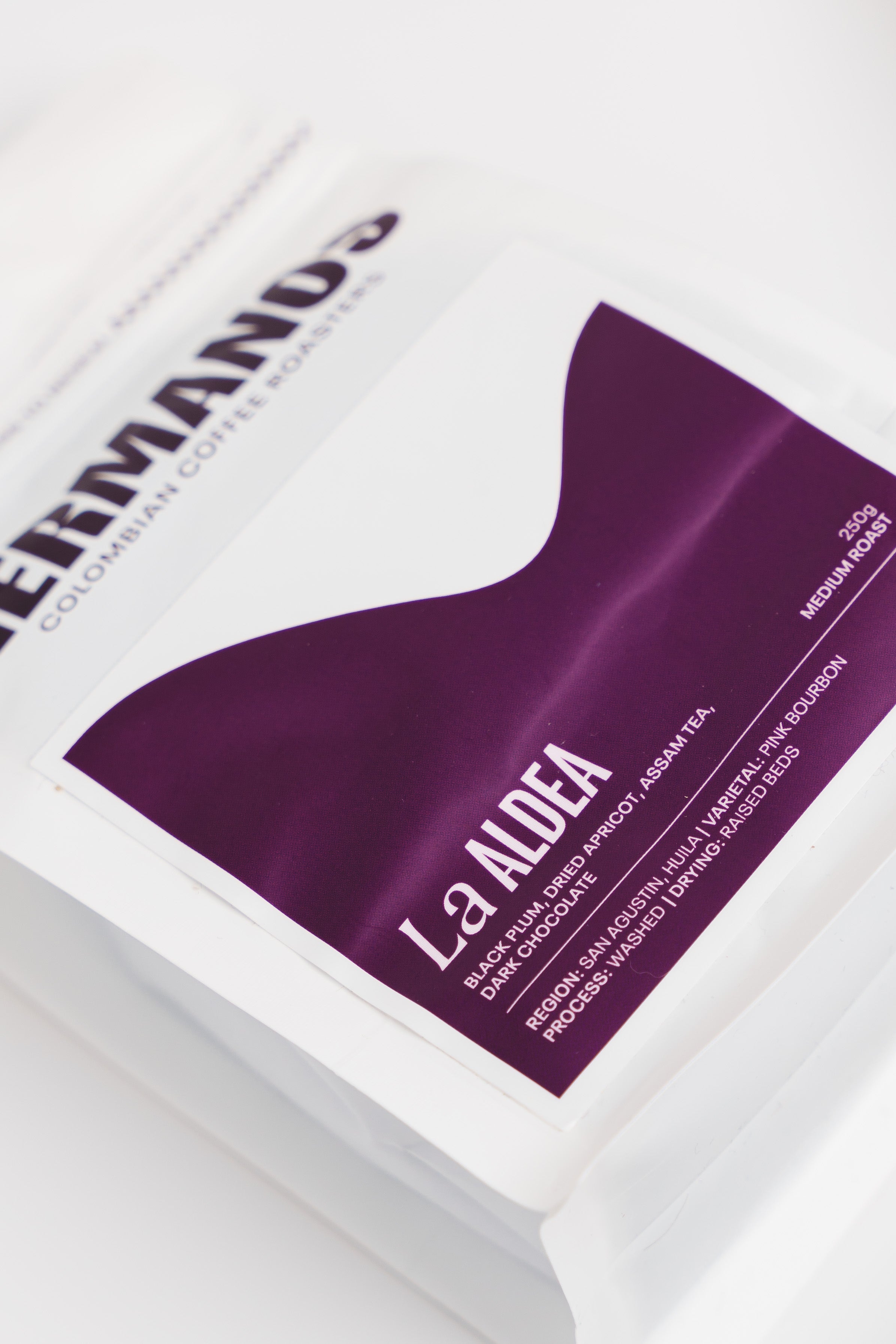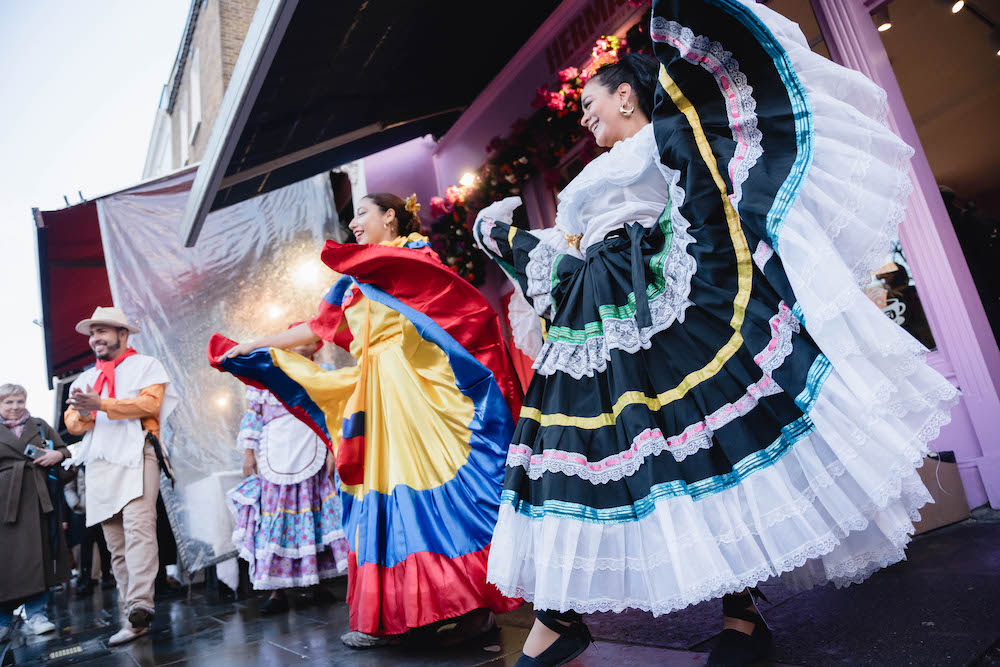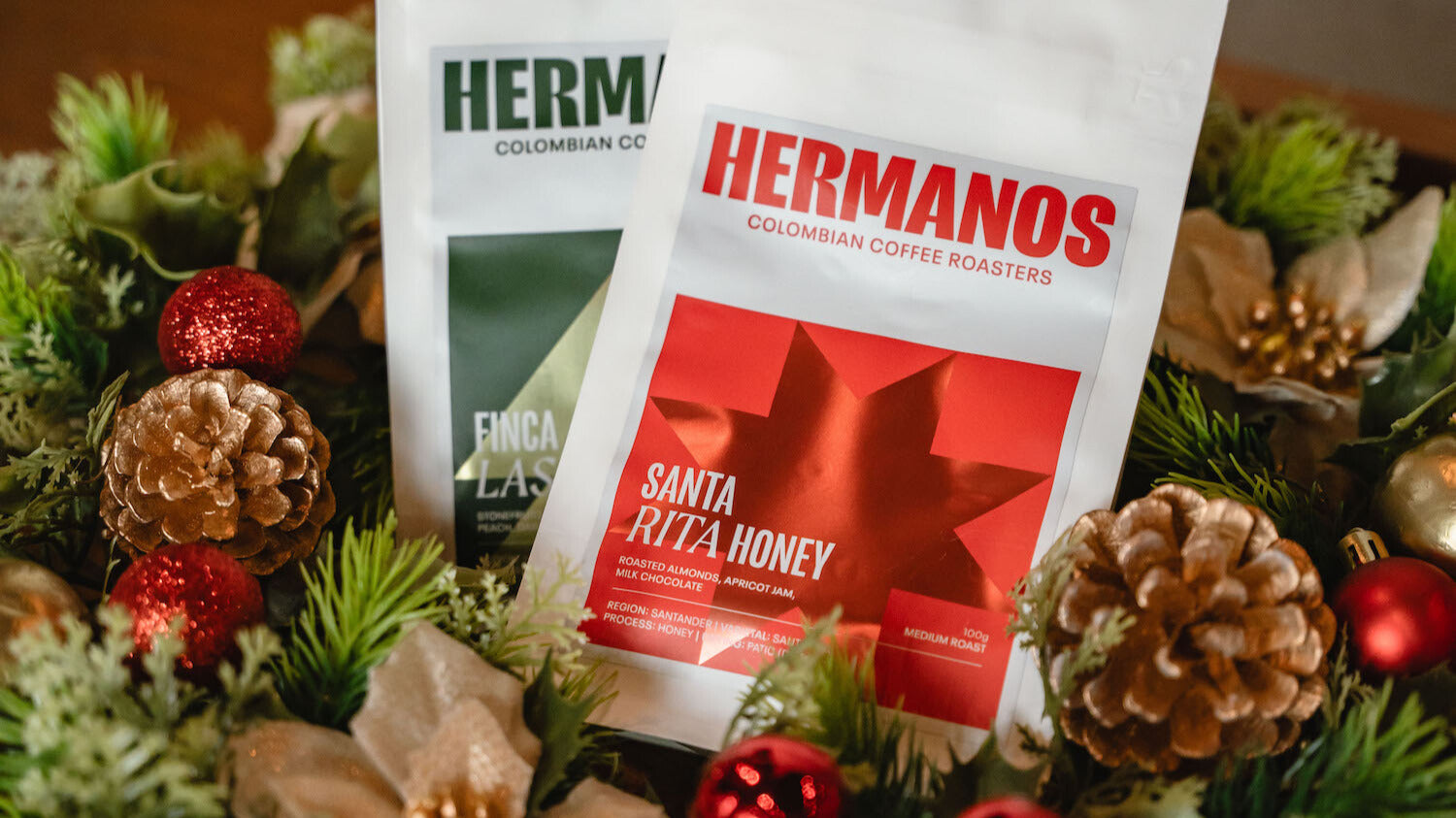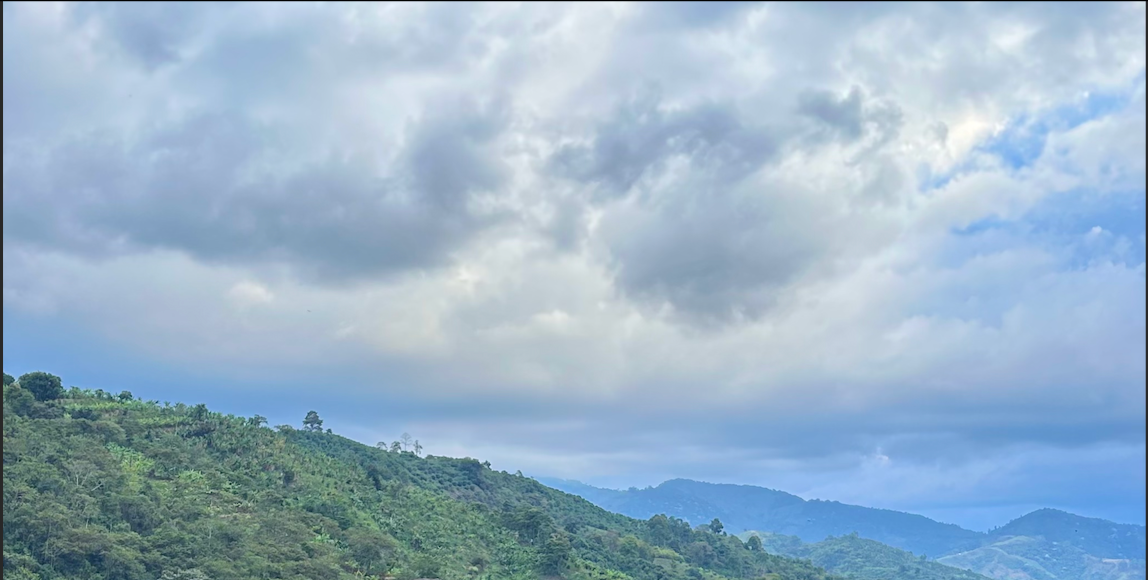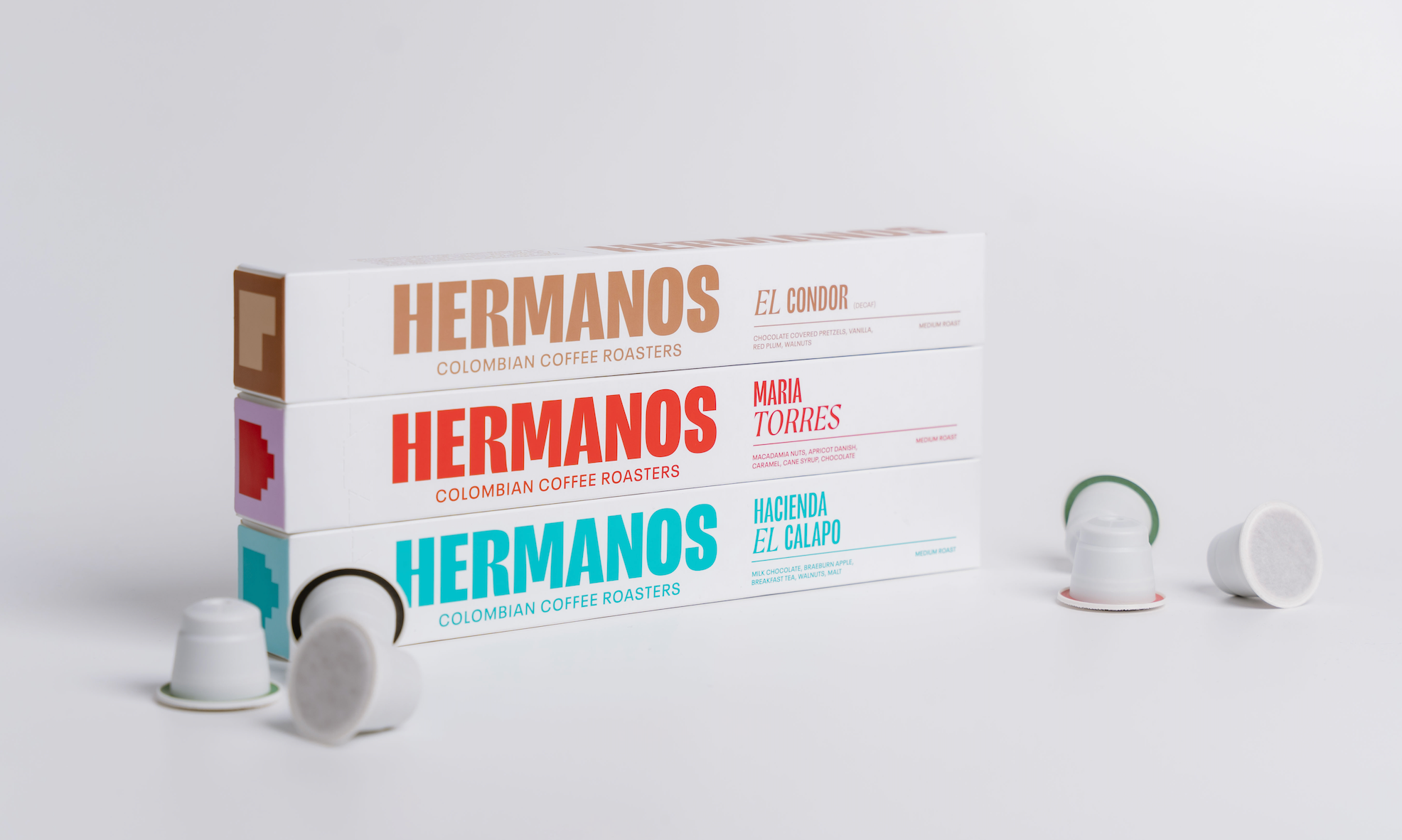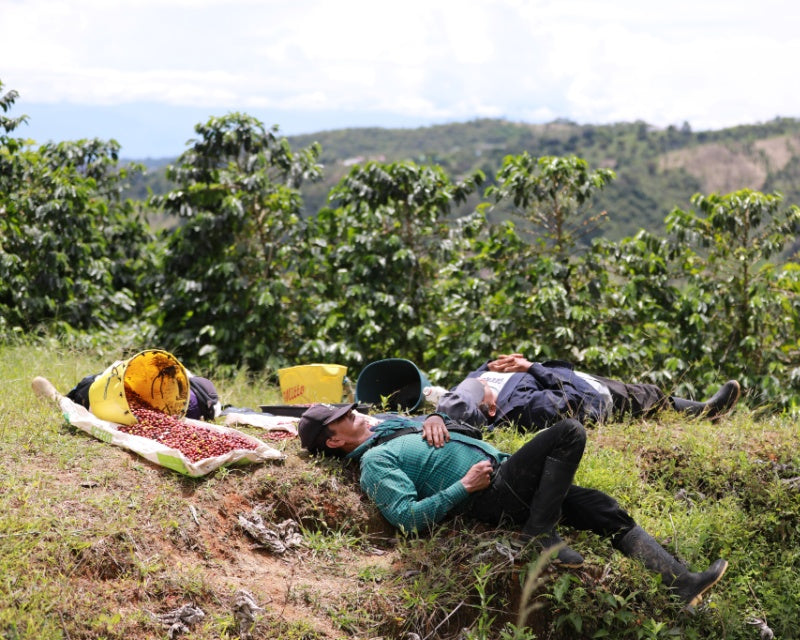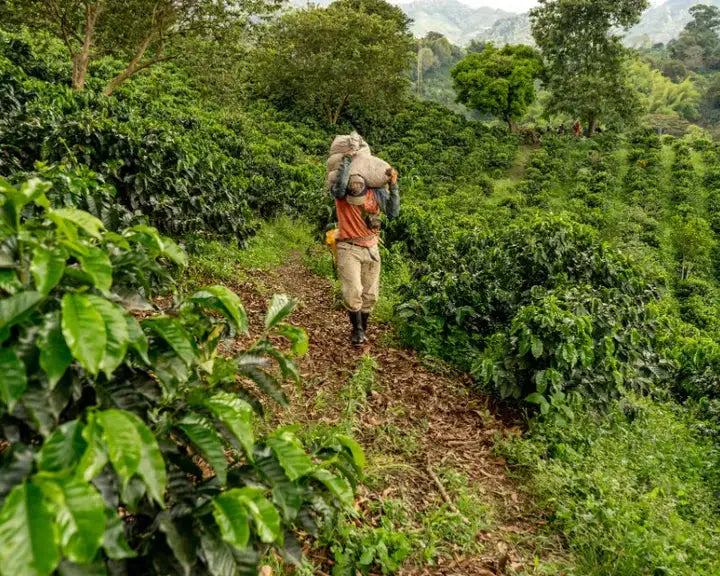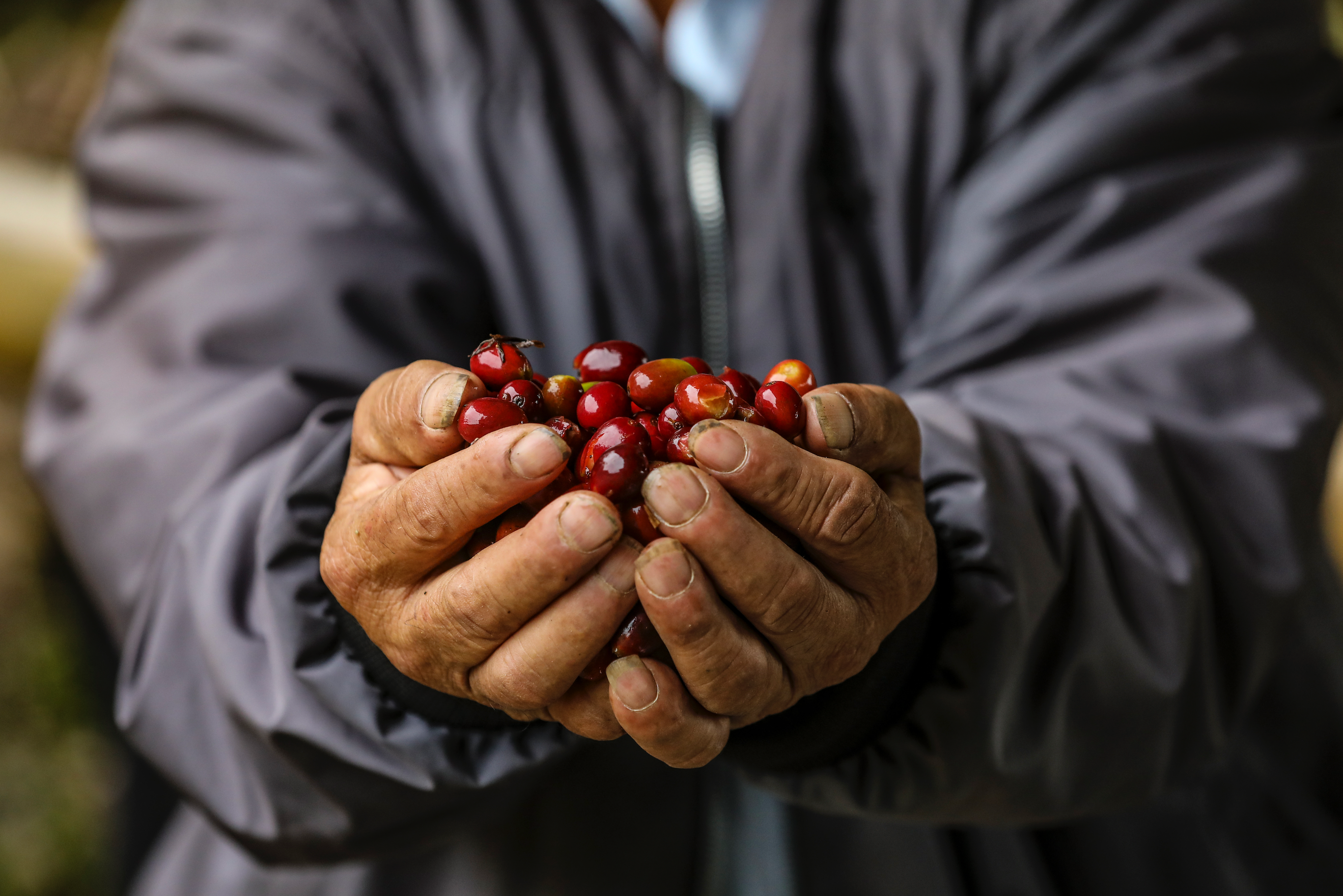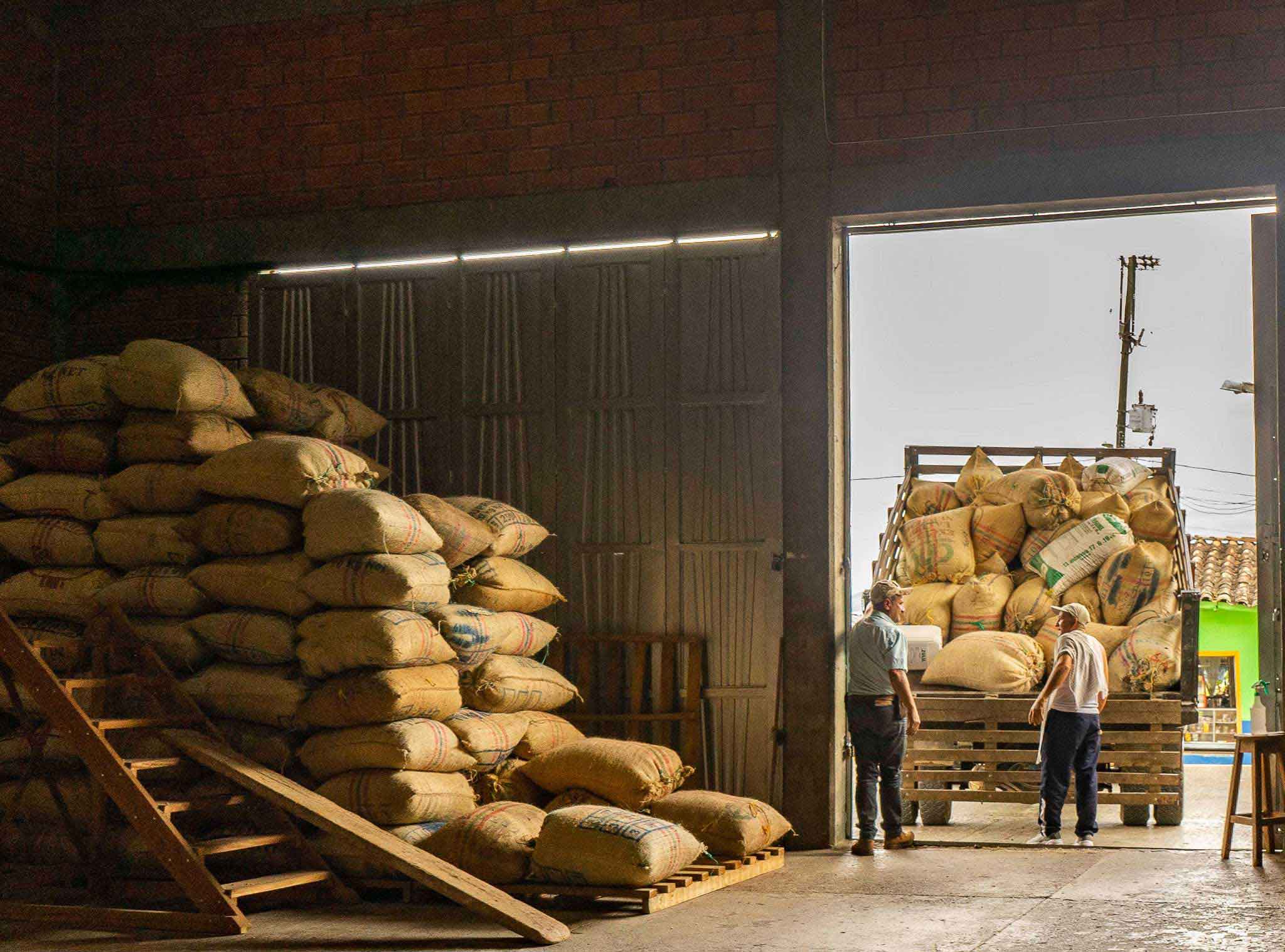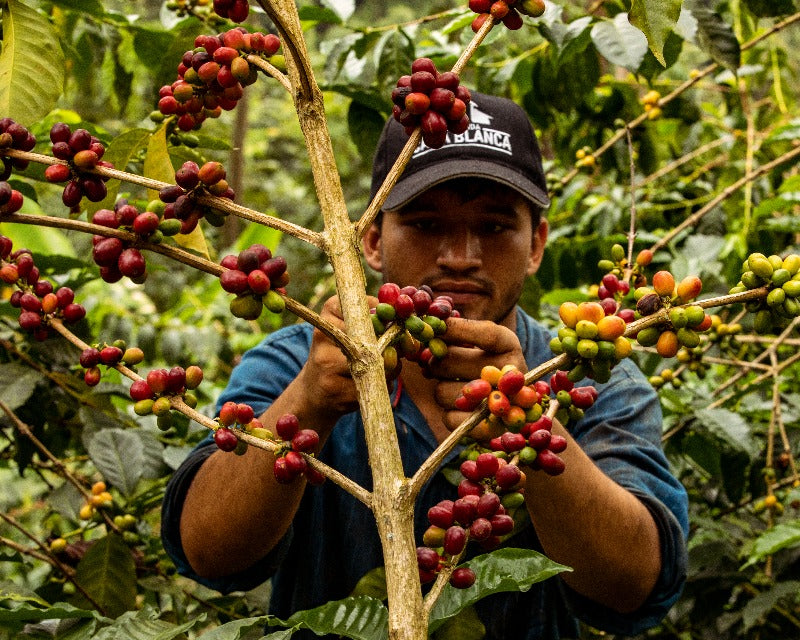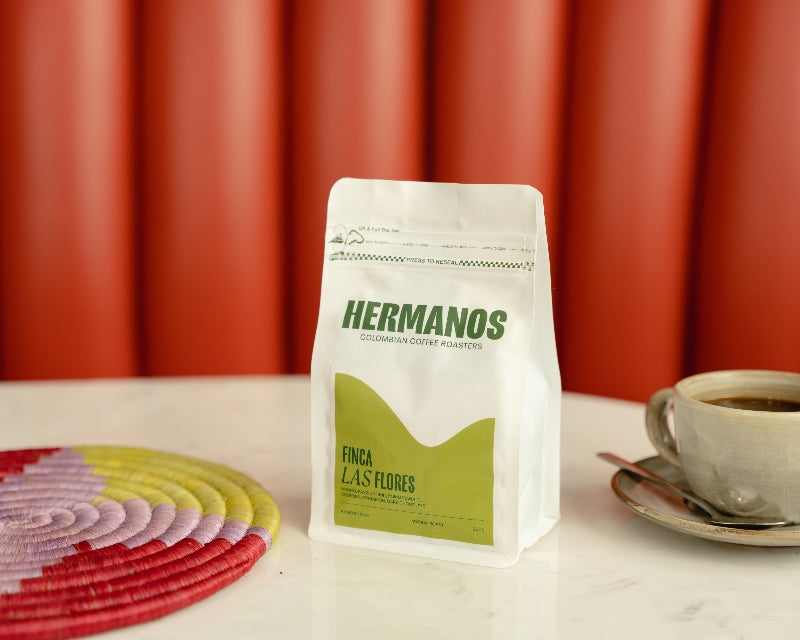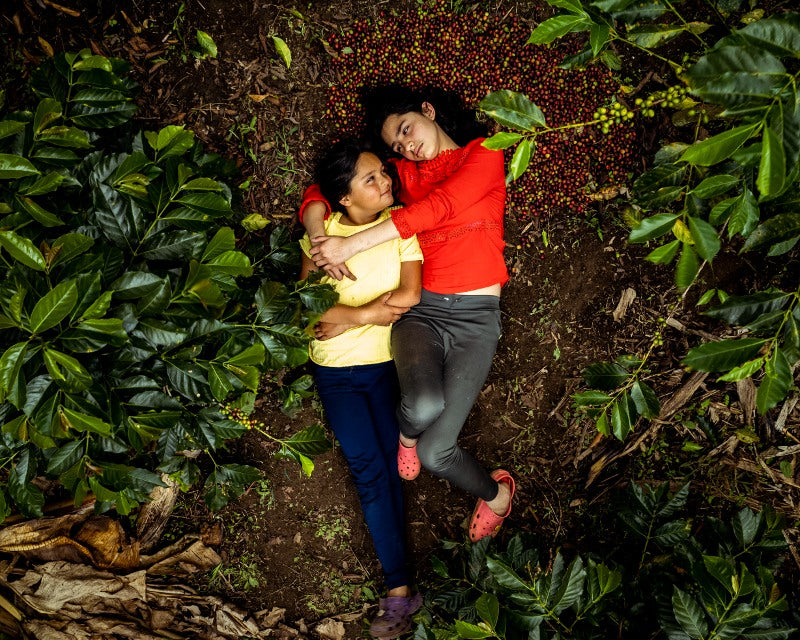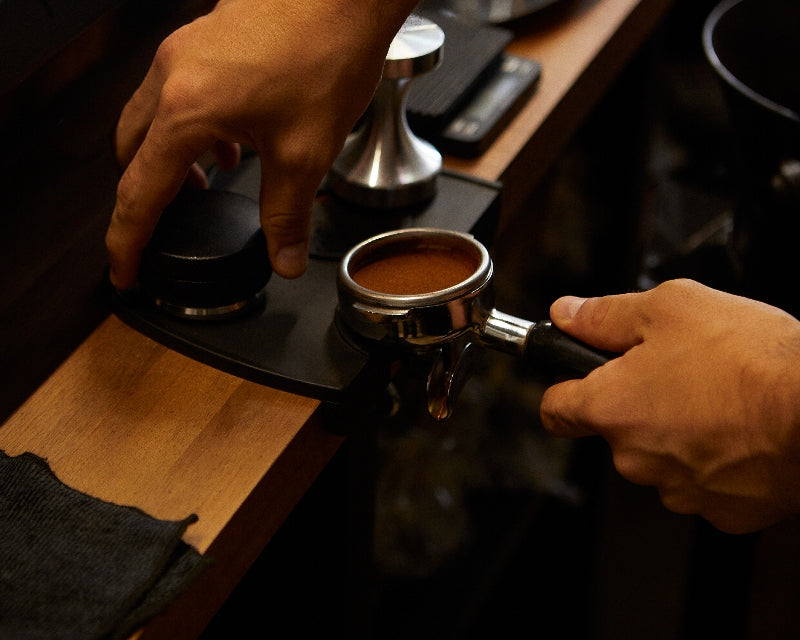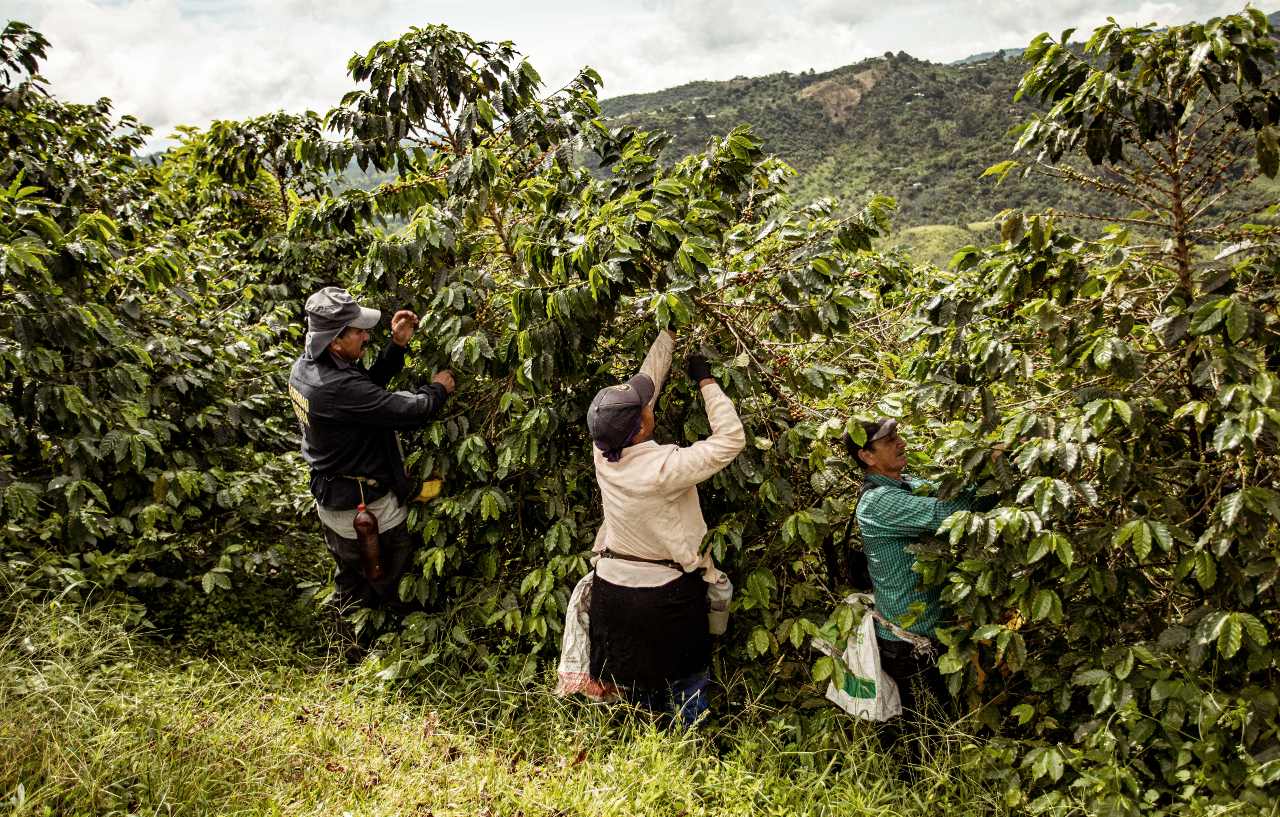In this article, we will cover the following:
1. The Basics of Coffee Roasting
2. What is Light Roast Coffee?
3. What is Medium Roast Coffee?
4. Light Roast vs. Medium Roast: How Do They Differ?
5. How to Enjoy Light and Medium Roast Coffee?
6. Why We Prefer Light and Medium Roasts Over Dark Roast
7. Final Thoughts
You’ll see the terms ‘light roast’ or ‘medium roast’ on countless packets of coffee these days, but what do they actually mean? How does the roasting process affect colour, flavour, aroma, and appropriate brewing method?
Getting to grips with coffee roasting is a great way to improve your coffee terminology, and will also help you to feel more confident when buying your next bag of beans.
At Hermanos, we’re very passionate about how we roast our coffee and feel strongly about paying respect to our farmers and the beans they grow, which is why we think the difference between light roast vs. medium roast is important to understand.
The Basics of Coffee Roasting
Coffee roasting is the process that all green coffee beans undergo that makes them suitable for brewing. Without the roasting process, beans that have been picked and dried would be difficult, and quite unpleasant, to consume. It brings out flavours and aromas that would otherwise be unnoticeable, and creates the distinctive brown beans that we all know and love.
Coffee beans can be roasted to varying levels, namely light, medium and dark. These terms refer to the amount of time and heat that beans are subjected to, which triggers chemical reactions necessary to unleash dormant flavours and aromas. Coffee roasting is often likened to toasting a slice of bread, in that the longer and more intensely you apply heat, the darker the bean will turn in colour and the farther away it will move from its original qualities and state.
Coffee roasting is often likened to toasting a slice of bread, in that the longer and more intensely you apply heat, the darker the bean will turn in color and the farther away it will move from its original qualities and state.
What is Light Roast Coffee?
Light roast does not only refer to the pale colour of the coffee bean, but to the delicate nature in which the beans are roasted, which leads to the creation of more subtle flavour intricacies. Because light roast beans are subjected to less heat and less change, they are much paler in colour than darker roasts and are more likely to keep their original qualities, especially in terms of tasting notes and aroma.
Light roast coffee beans are characterised by having less body than other roasts, high levels of acidity, low levels of bitterness, and the potential for a delicate and complex balance of flavours. This type of coffee is best enjoyed brewed using a filter method, such as a pour over (V60, Chemex) or immersion (French Press).
Our current collection of light roast coffee beans includes:
Tip: If you’re brewing light roast beans at home or ordering them in a cafe, we recommend trying them without the addition of milk or sugar. The natural flavours and aromas of the coffee can be lost amongst these add-ons, and might leave you unable to distinguish some of the more nuanced tasting notes.
Shop Our Range Of Light Roast Coffee Beans
What is Medium Roast Coffee?
Coffee that has been medium-roasted will be slightly darker in colour than a light roast, but will still be dry to the touch and less oily than a dark roast. In terms of taste, it offers a balance of natural characteristics from the original bean and flavour brought out from the roasting process, such as an enhanced sweetness.
Medium roast coffee beans can be described as very well-rounded; with mild but noticeable levels of acidity, moderate body and bitterness, and a pleasant amount of complexity in terms of flavour profile.
Our current collection of medium roast coffee beans includes:
Tip: To get the most out of your medium-roast beans, pair them with a pour over brewing method, such as a V60 or Chemex. This will allow you to draw out some of the more delicate flavours of the coffee, whilst still enjoying the sweetness and balance that a medium roast brings. However, medium roast coffees are also great with espresso based drinks, making them such a versatile option for all kinds of coffee drinkers.
Shop Our Range Of Medium Roast Coffee Beans
Light Roast Coffee vs. Medium Roast: How Do They Differ?
|
Light Roast
|
Medium Roast
|
|
Acidity
|
High levels of acidity
|
Mild but present levels of acidity
|
|
Bitterness
|
Low levels of bitterness
|
Medium levels of bitterness
|
|
Body
|
Less body/viscosity
|
Moderate level of body
|
|
Flavour
|
Delicate balance of flavours from the original bean, such as fruitiness, nuttiness, or other complex tasting notes
|
High levels of sweetness, balanced out by good levels of complexity and flavour nuance from the original bean
|
Learn More About Different Coffee Roasts
How to Enjoy Light and Medium Roast Coffee
There is no right or wrong way to enjoy coffee, and much of the time it boils down to personal preference. However, we have a few top tricks and tips when it comes to how to best enjoy light and medium roast beans.
Light Roast Coffee Brewing Methods
Matching a particular coffee up with a brewing method sometimes takes a bit of trial and error, but there are reliable variations that you can use to make the most out of your beans. For a light roast, we would always advise you to use a filter method, such as a V60, Chemex, or French Press.
If you prefer an iced coffee, then light roast beans also work incredibly well using a cold brew coffee pot. This will guarantee that the nuanced tasting notes of the coffee shine through and are not lost, although these forms of brewing do require a little more patience.
Medium Roast Coffee Brewing Methods
We also think that medium roast coffee pairs best with filter brewing methods, however, it can also taste great as espresso, using either an espresso machine or a Moka Pot. Because medium roasts have been subject to more change than light roasts, they have more immediately prominent flavours, and therefore can hold their own against a pressure brewing method such as espresso.
If you want to tease out the more delicate notes of a medium roast bean, we would recommend sticking with a V60 or Chemex, as this gives you the best chance of being able to identify any underlying floral or fruity flavours.
Discover Our At-Home Brewing Guide
Why We Prefer Light and Medium Roasts Over Dark Roasts
A lot of us will be more used to darker roasts than anything else without even realising it —- a lot of cafes and supermarkets will champion dark roast coffee because they can use lower grade beans and mask their original qualities through the roasting process. This is not necessarily a bad thing, as many people enjoy the rich, full-bodied, and bitter characteristics of these beans.
However, we would like to put forward the case for lighter roasts, in particular those that have been sourced from a single farm or estate. The reason for this is that the farmers will have put a lot of time and effort into developing optimum growing conditions so that their batches of beans have unique and delicious flavour attributes, such as a hint of caramel or orange.
With bags of darker roast coffee using lower grade beans, these complex flavours are either not present to begin with, or have been removed entirely from the bean following an intense roasting.
At Hermanos, we’re dedicated to putting the spotlight on our coffee growers in Colombia and feel we would be doing them a disservice if we roasted their beans beyond a medium or light roast. We believe that nothing can beat the natural and subtle flavours that our farmers have painstakingly developed, which is why we choose not to hide them, but instead let them shine through light or medium roasts.
We believe that nothing can beat the natural and subtle flavours that our farmers have painstakingly developed, which is why we choose not to hide them, but instead let them shine through light or medium roasts.
Final Thoughts
Knowing the difference between light and medium roast coffee beans is a great step towards understanding the flavours and qualities that you appreciate in a brew, as well as also allowing you to gain greater insight into the world of specialty coffee and why specialty coffee roasters do what we do.
There are pros and cons to every type of coffee roast, and there is arguably a time and a place for a strong and intense dark roast when you need a quick pick-me-up, but to us (and many other specialty coffee drinkers), medium and light roasts are the best when it comes to appreciating the bean and the work that’s gone into growing it.
Find Out What Makes Colombian Coffee So Special









